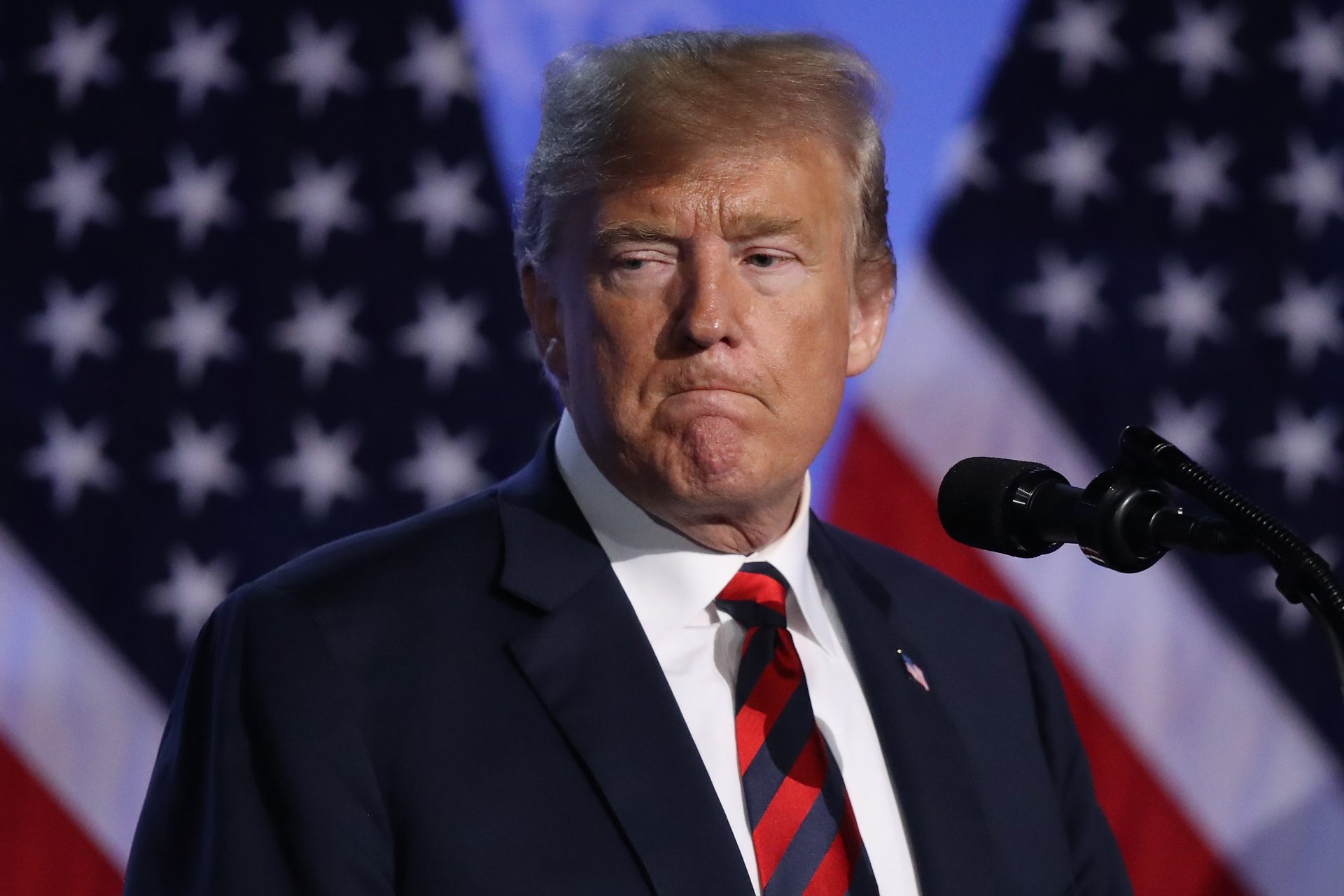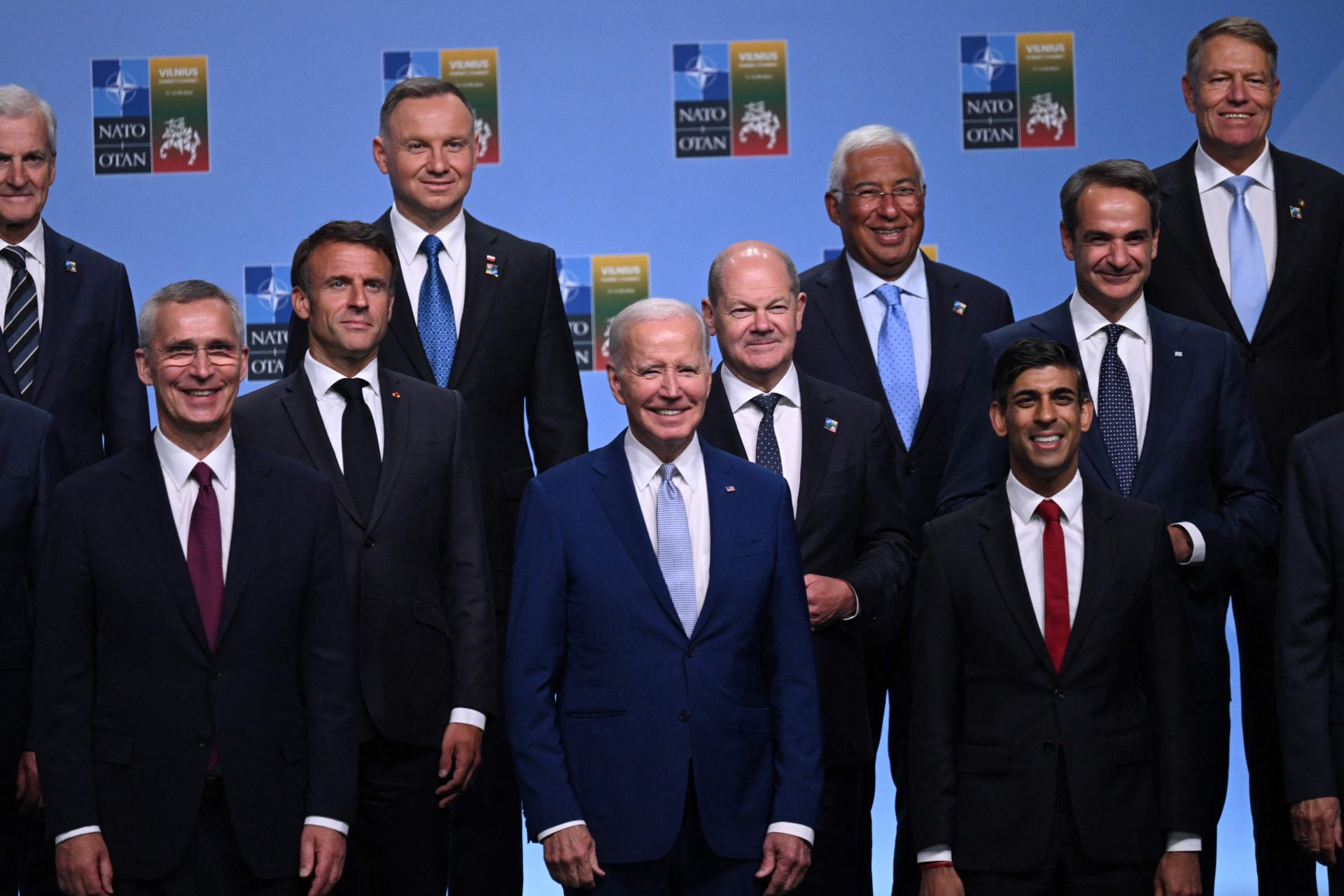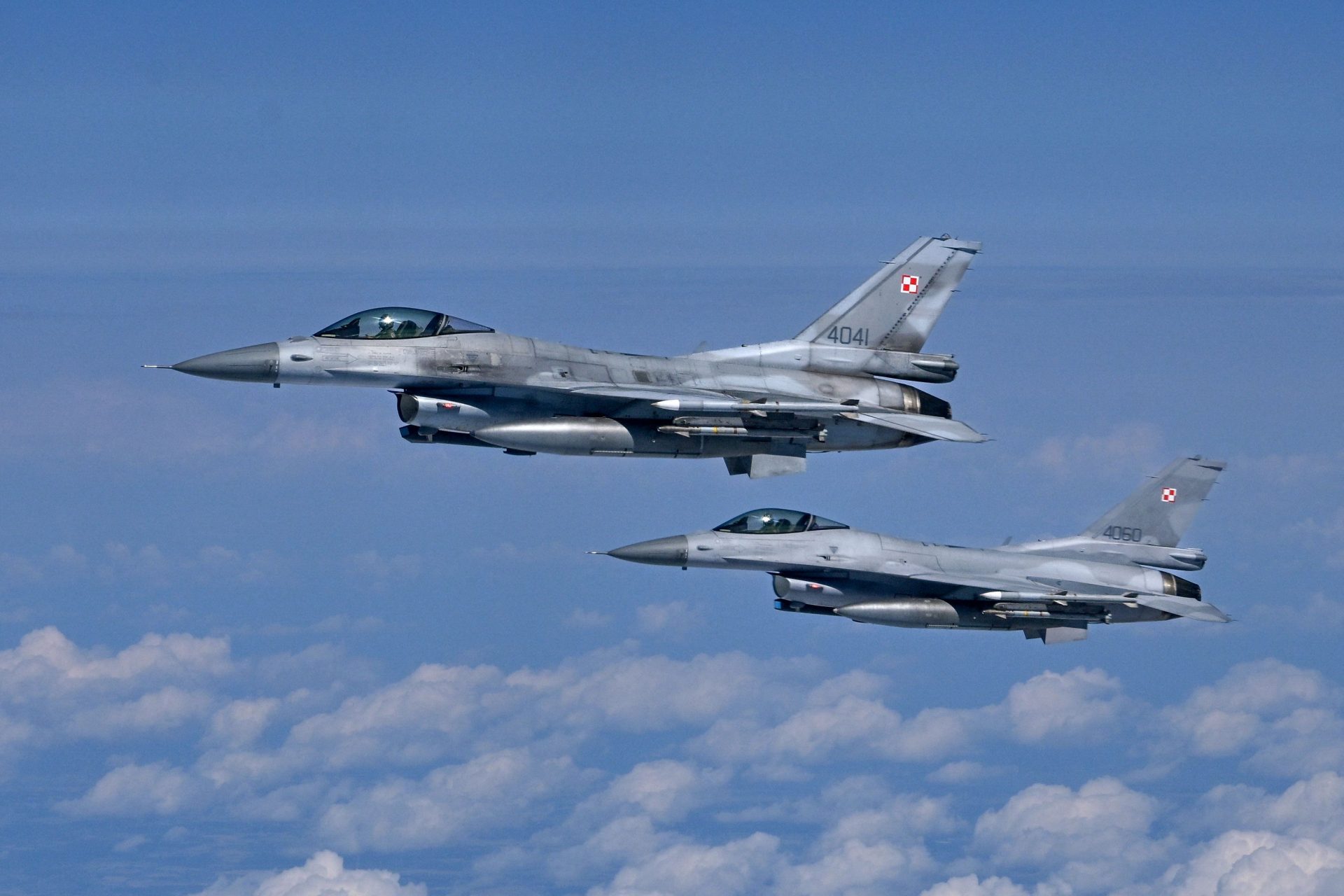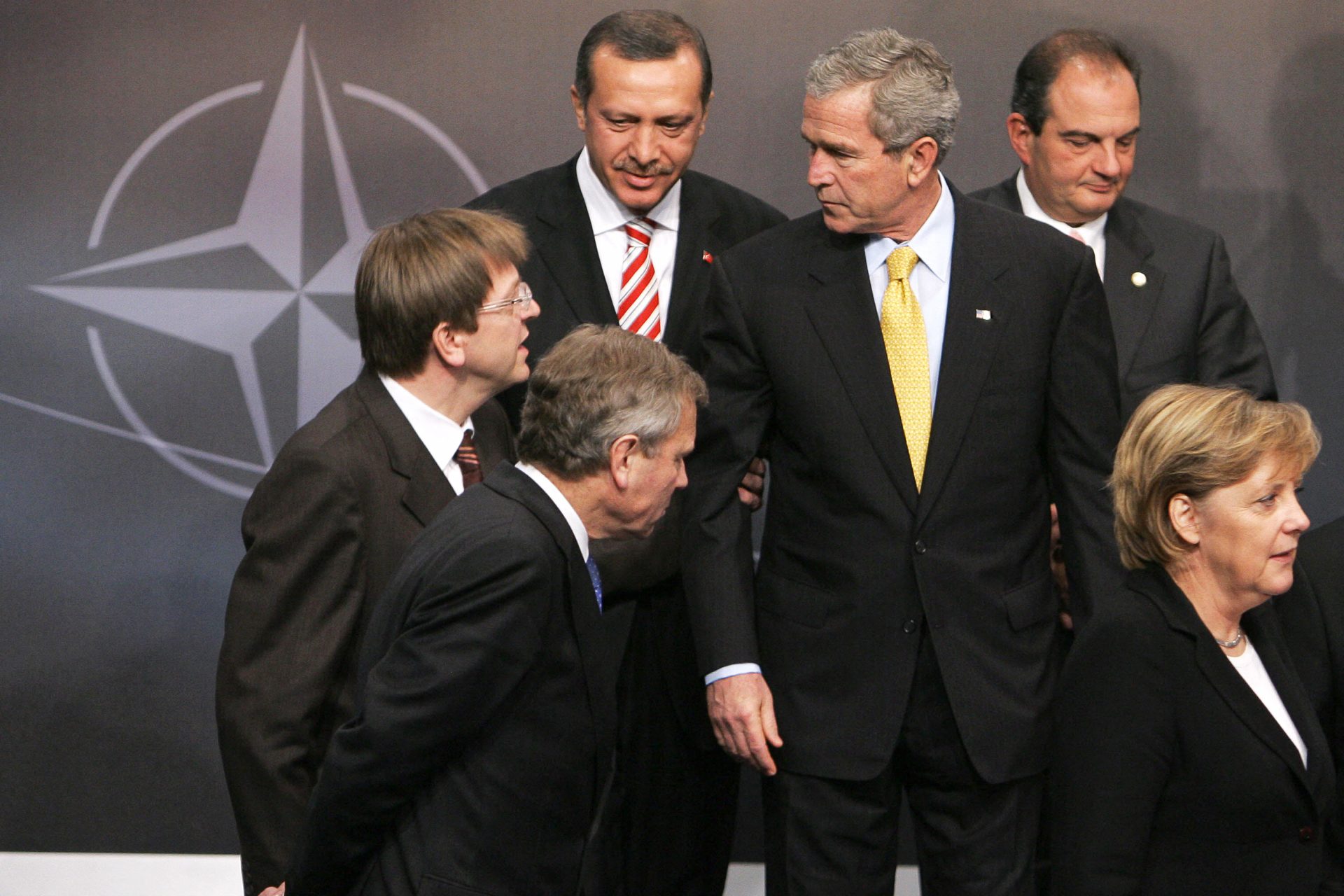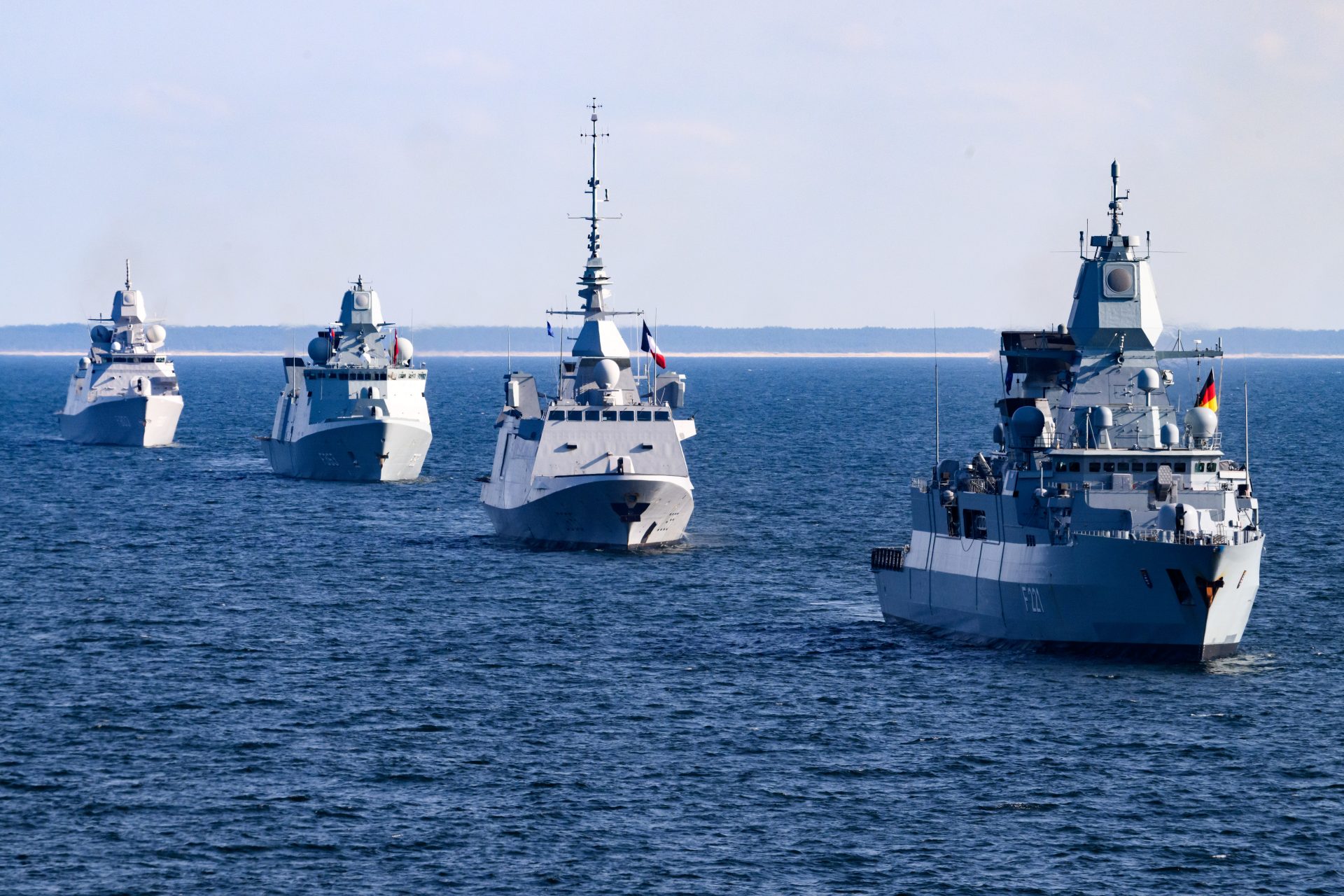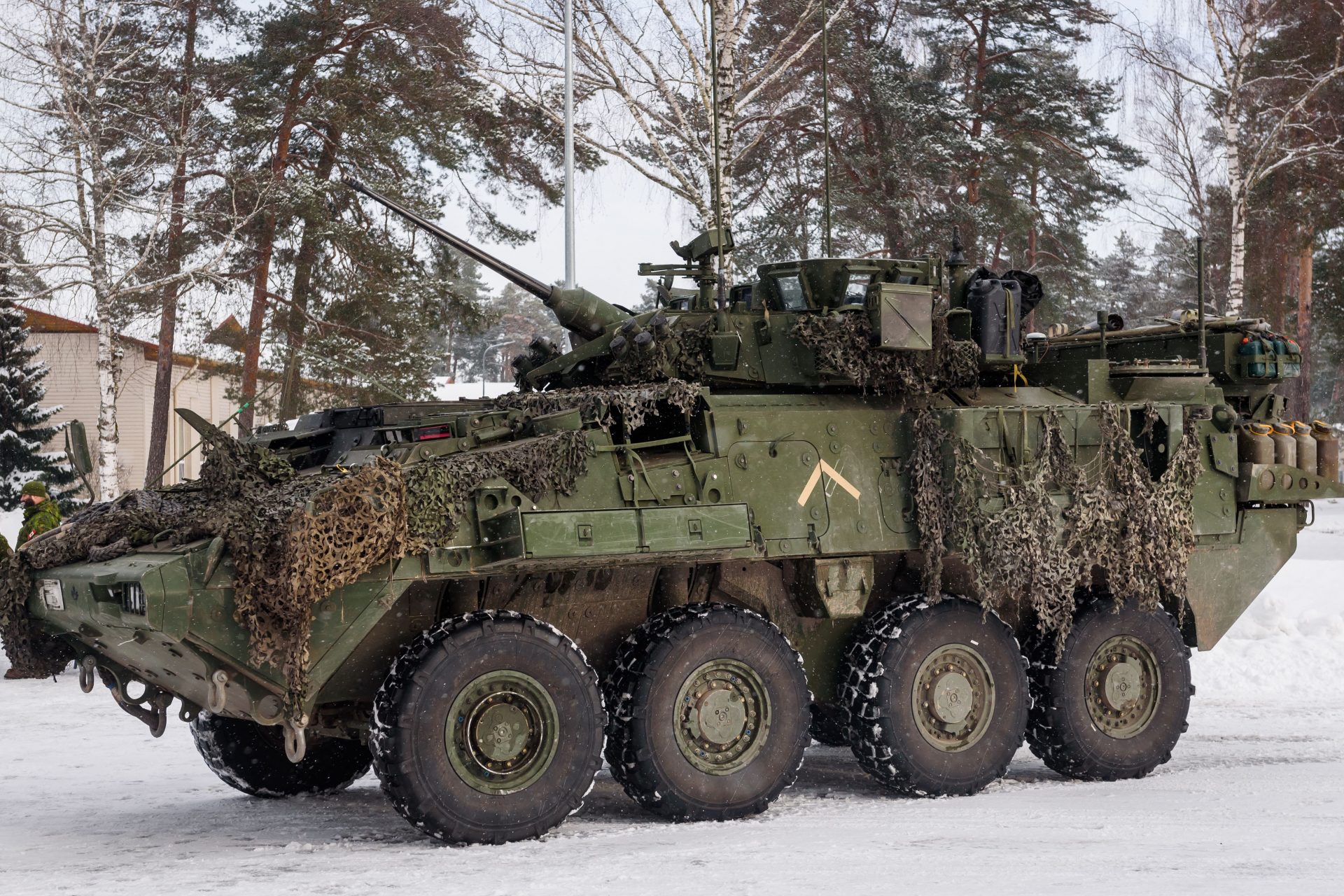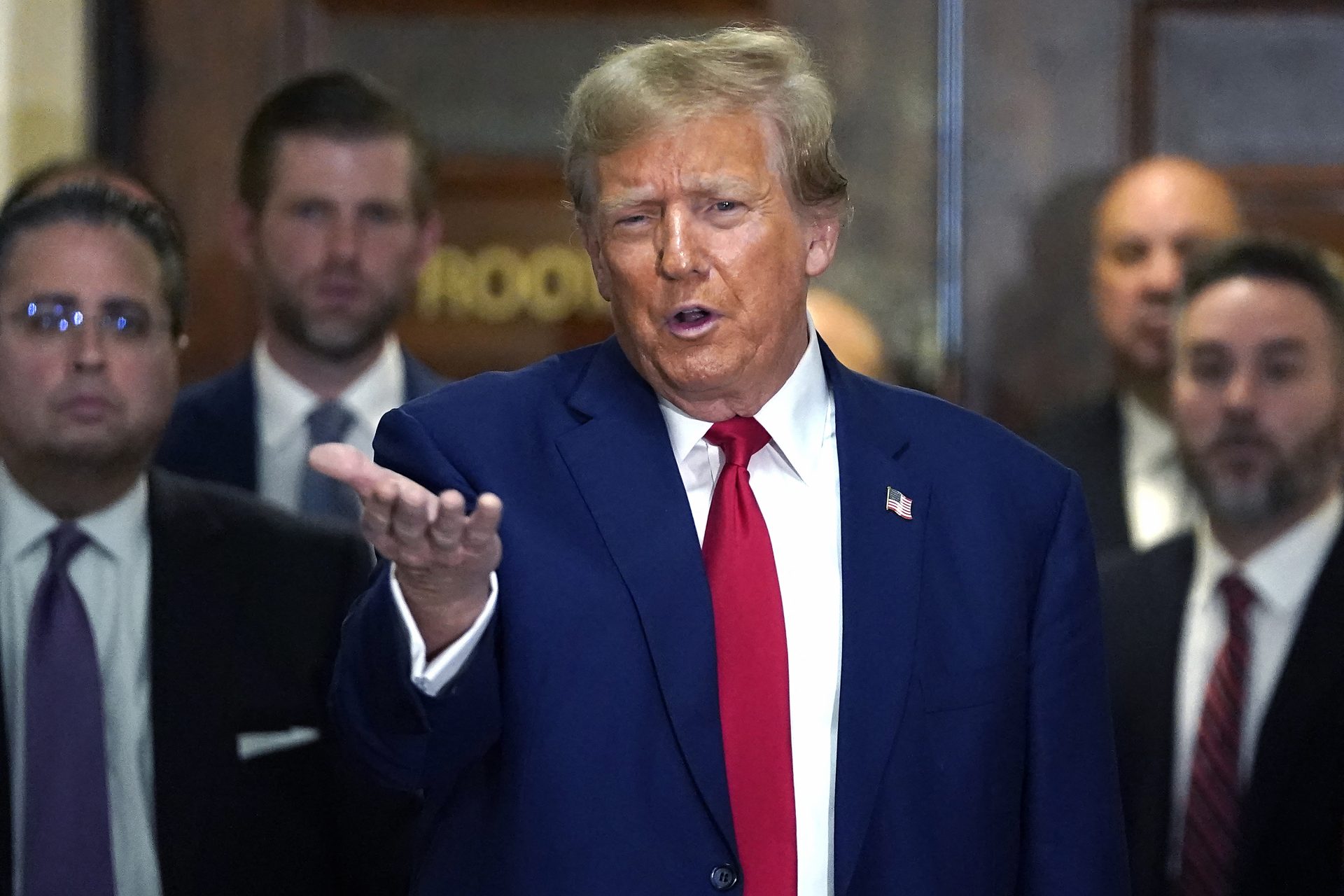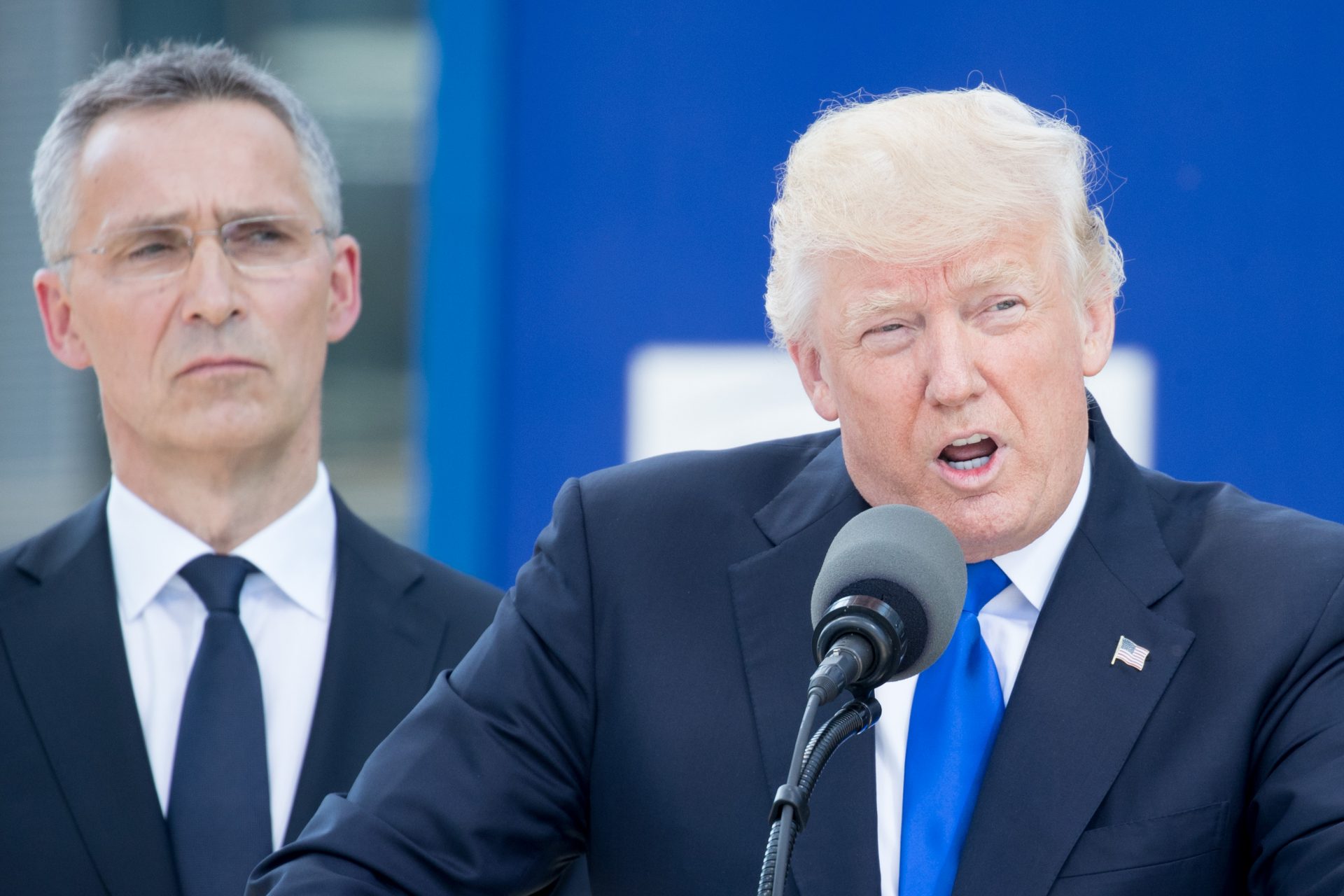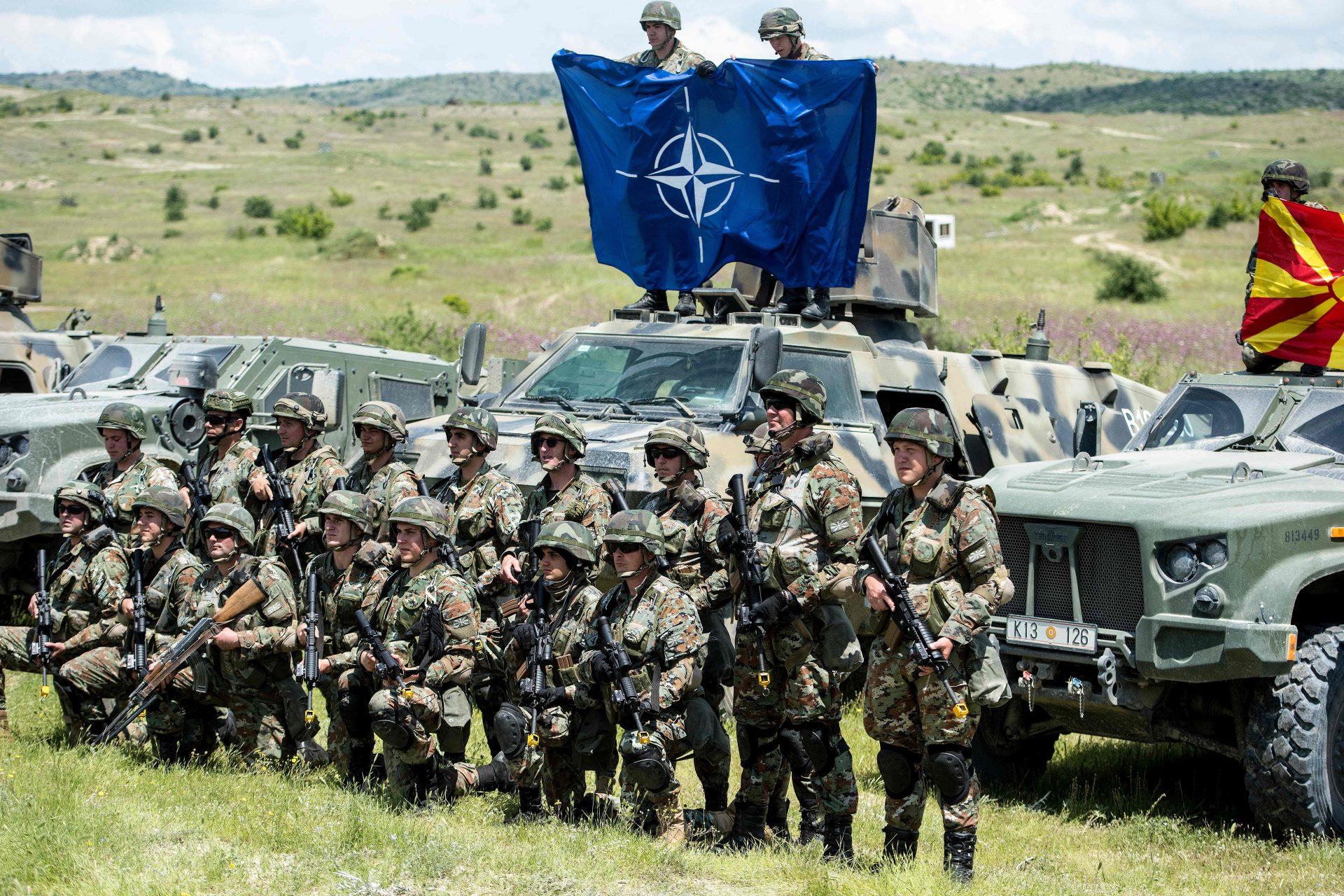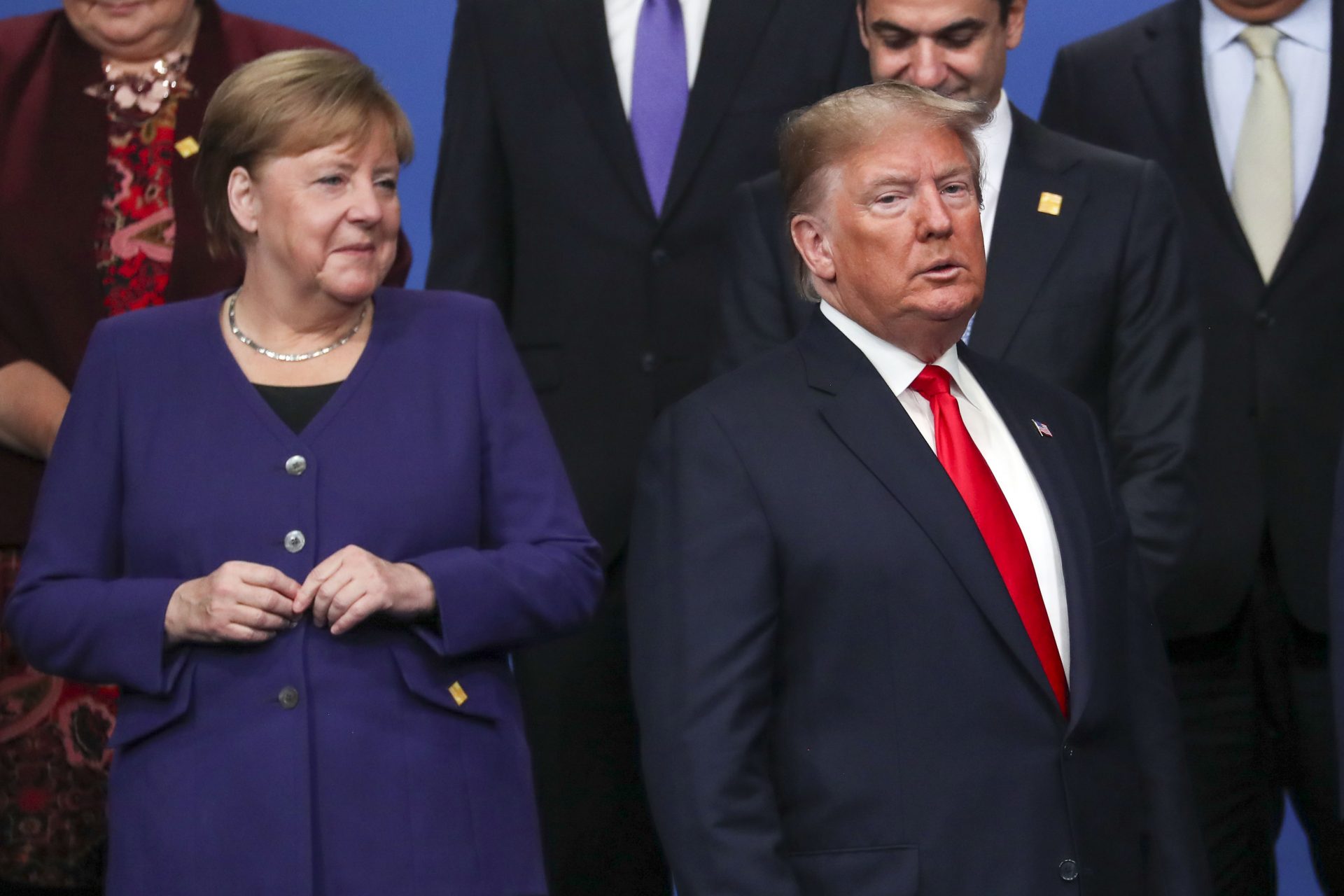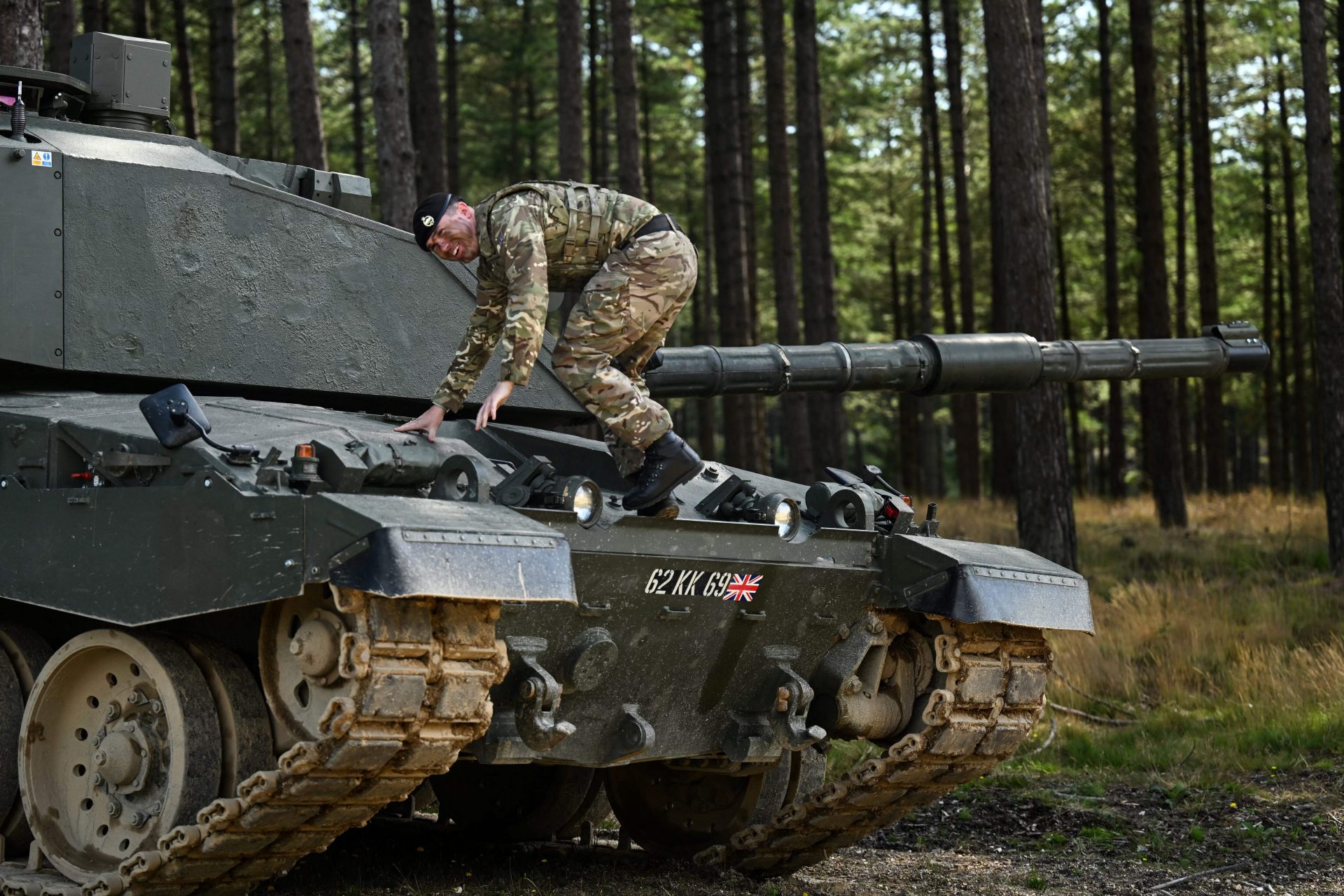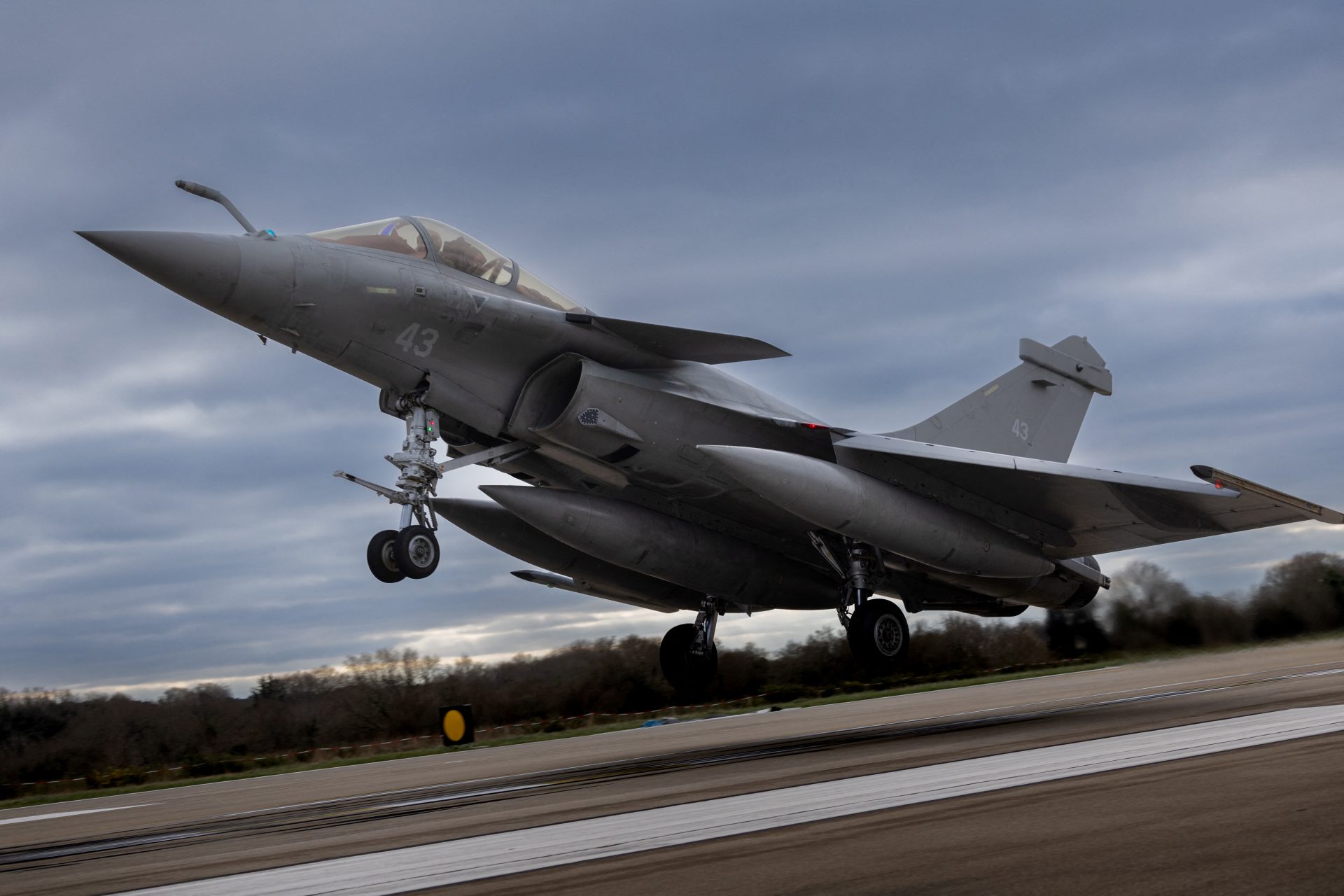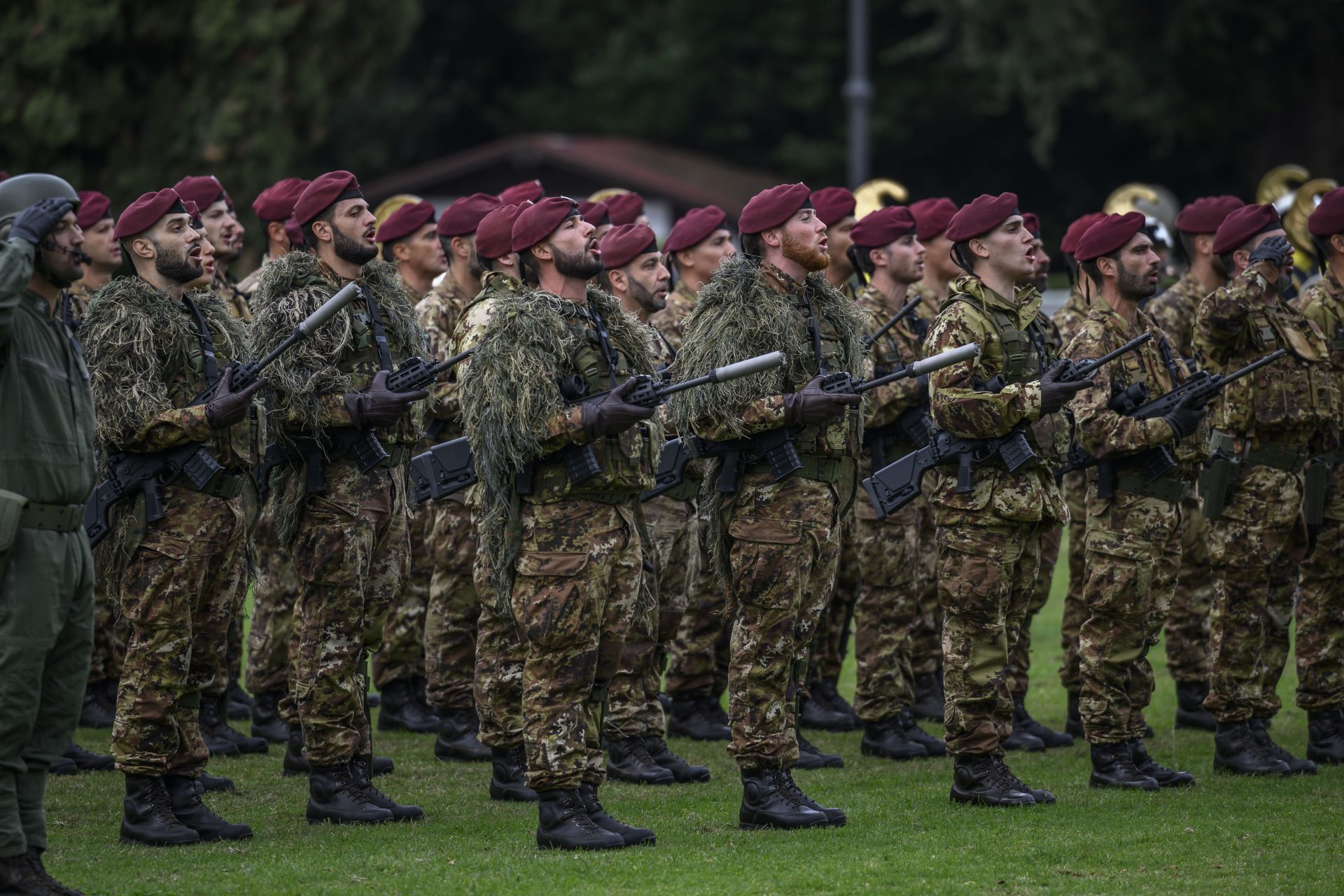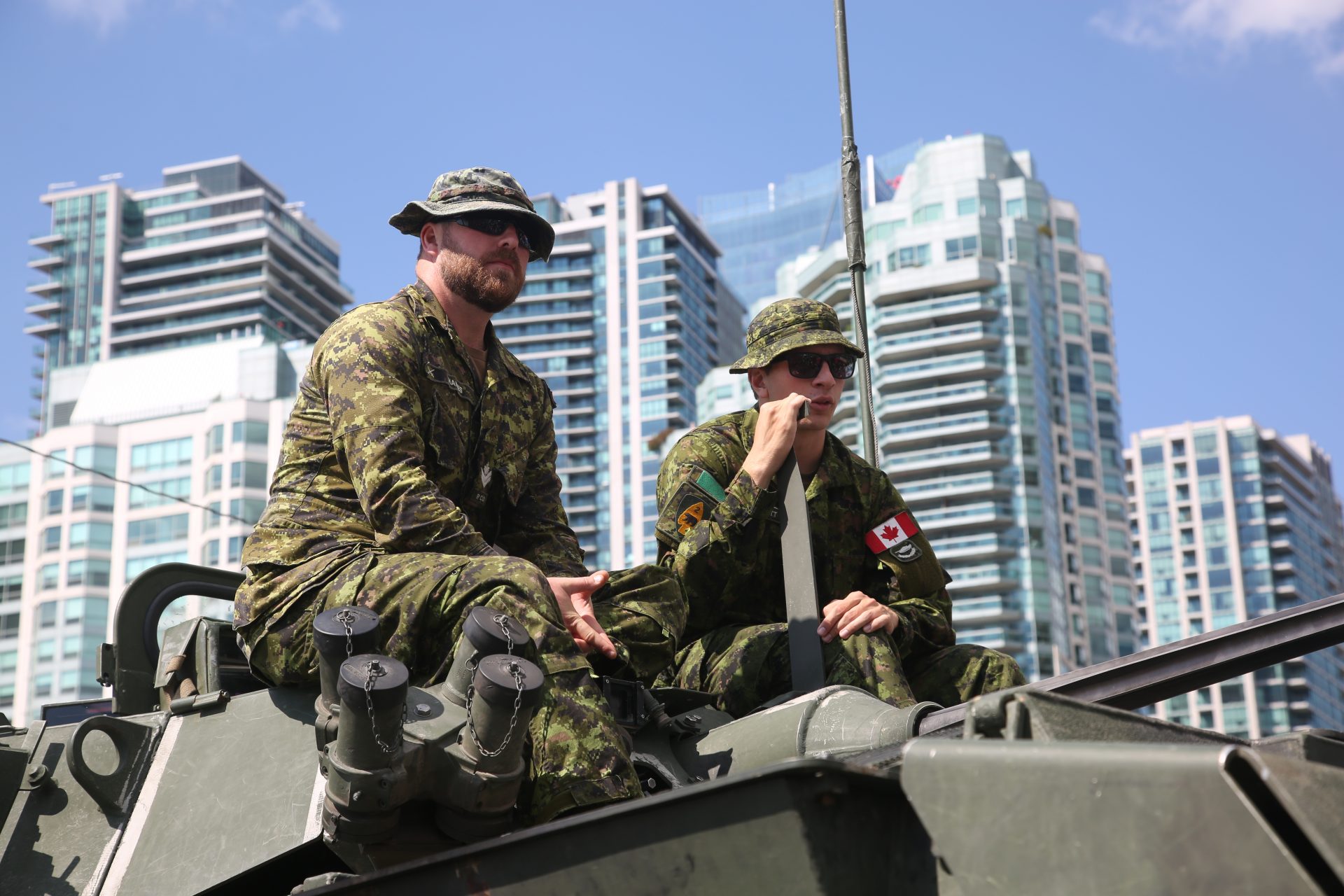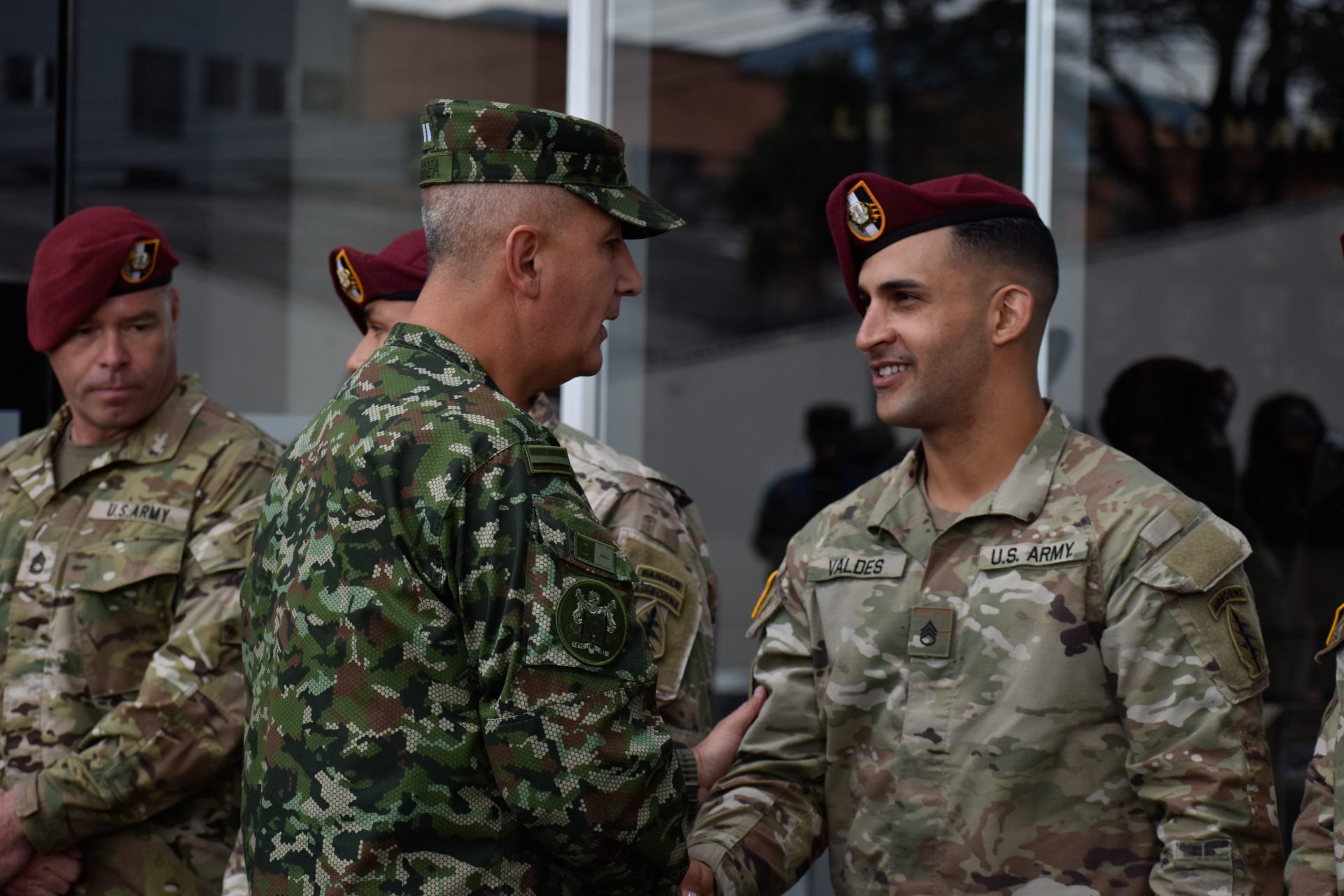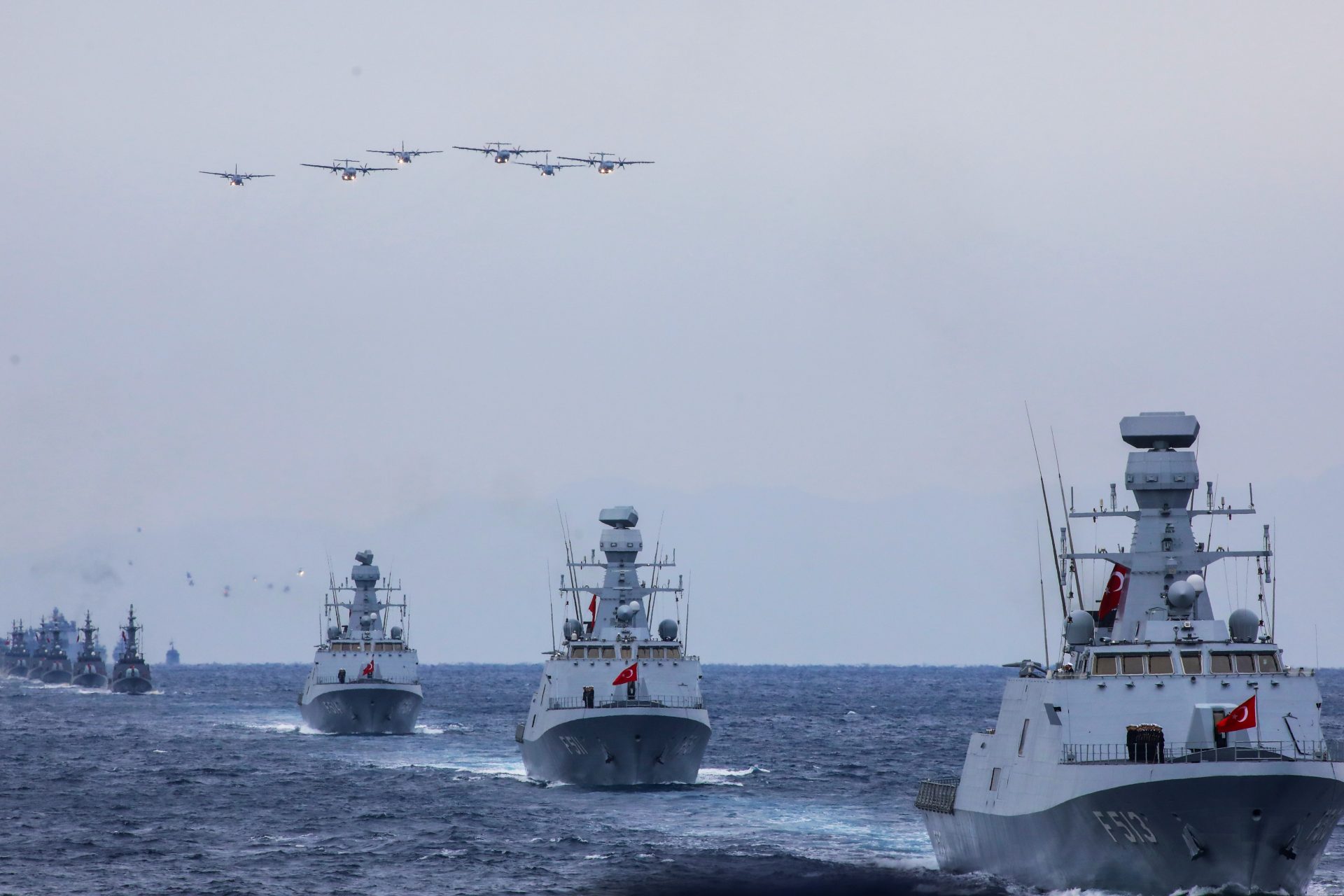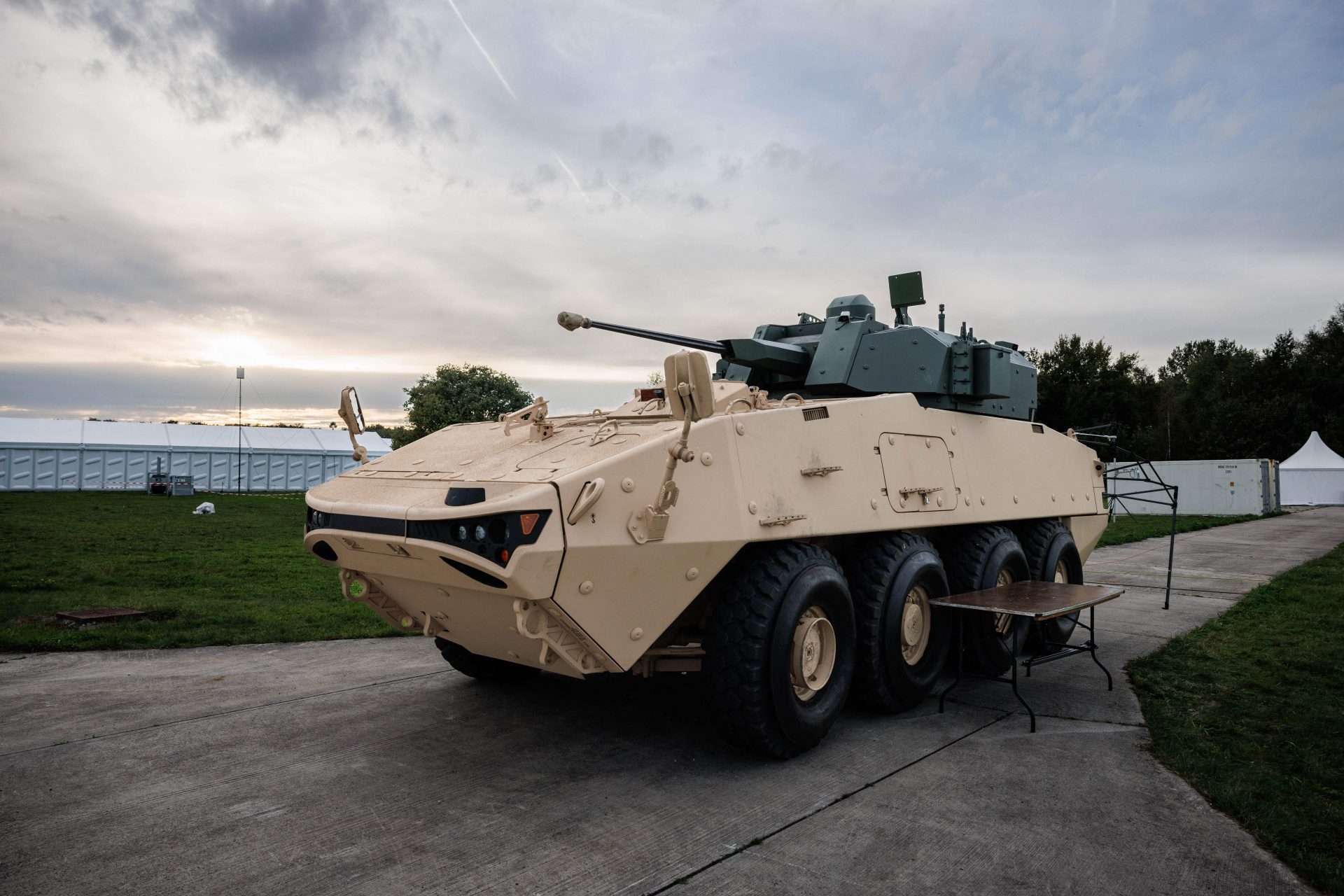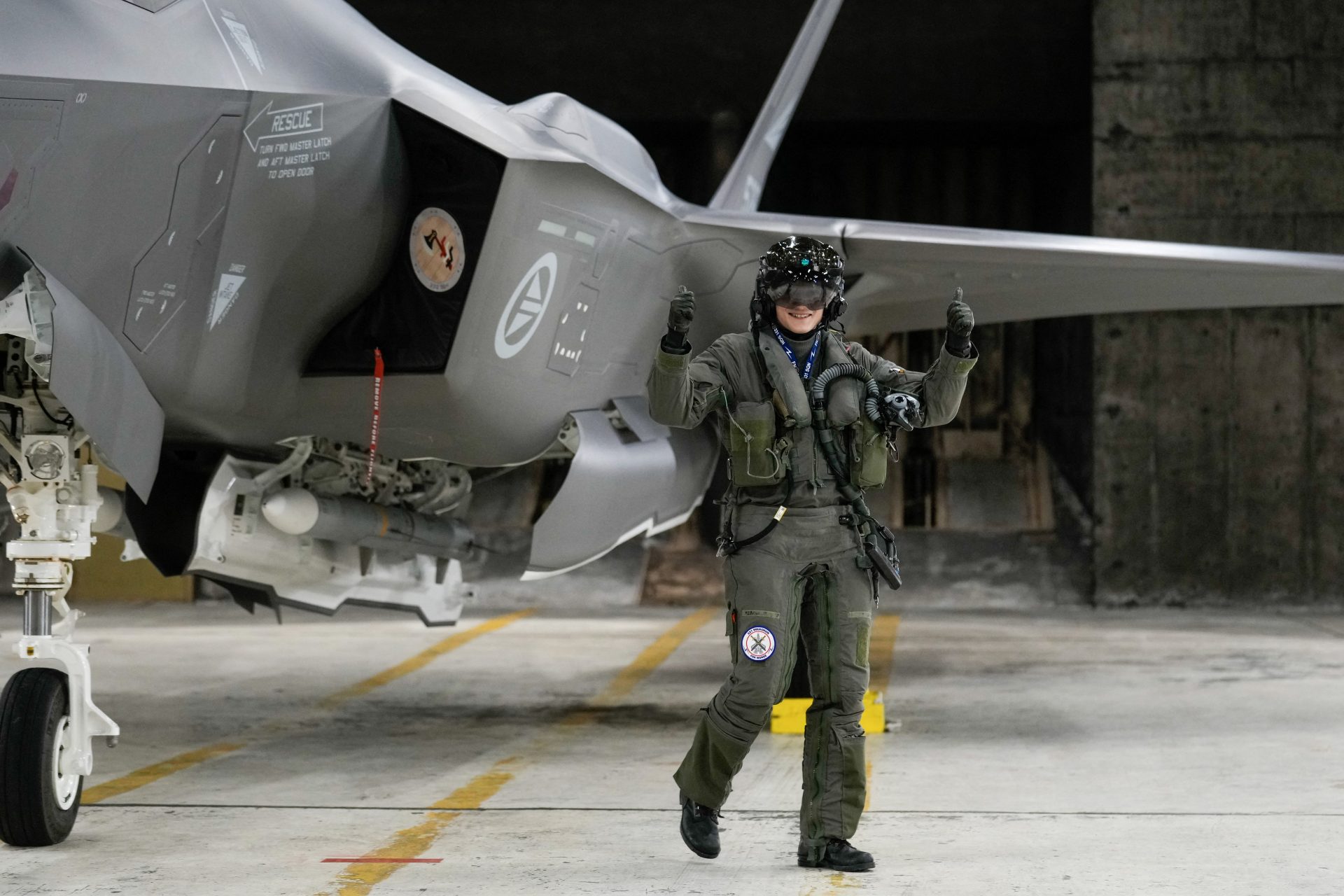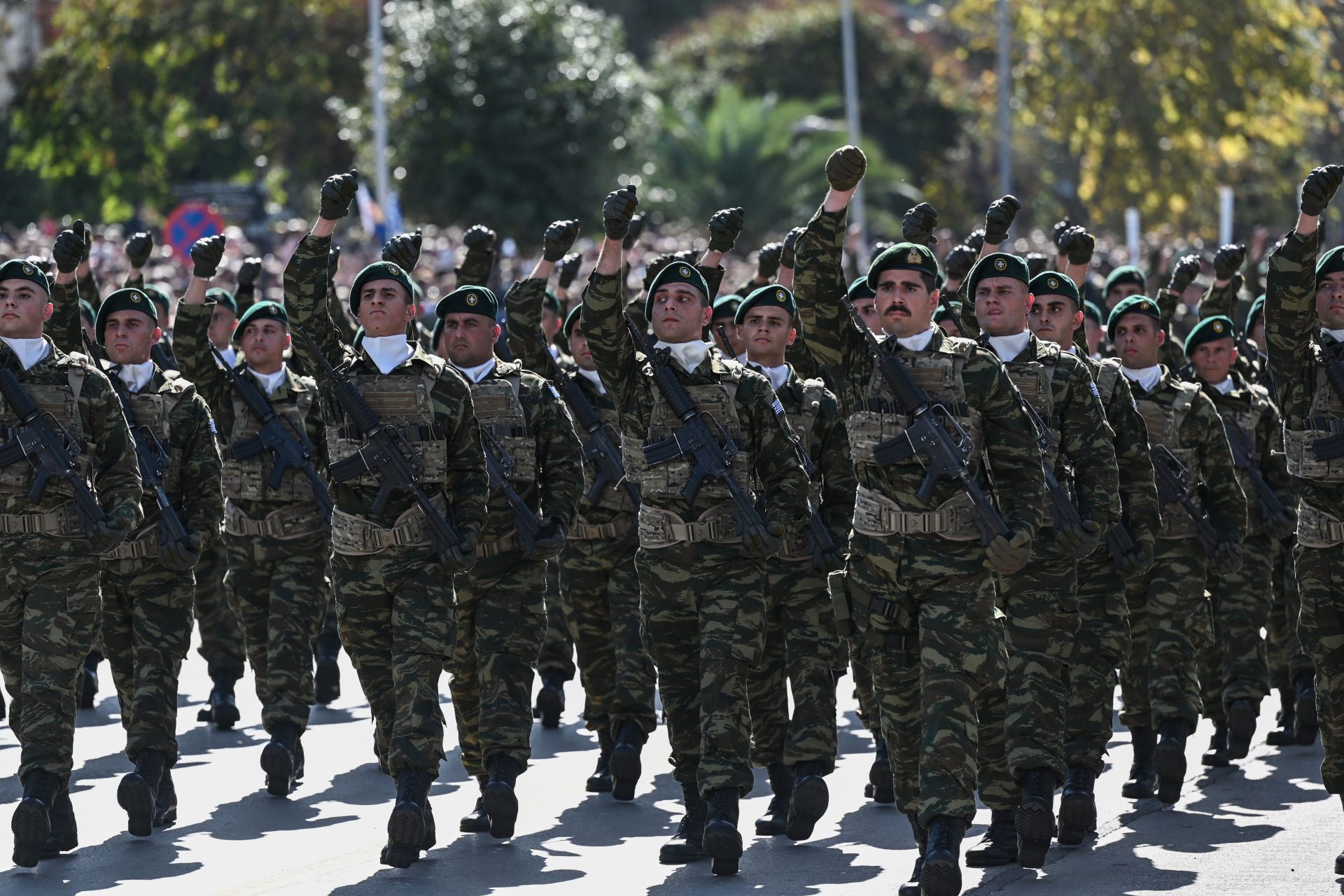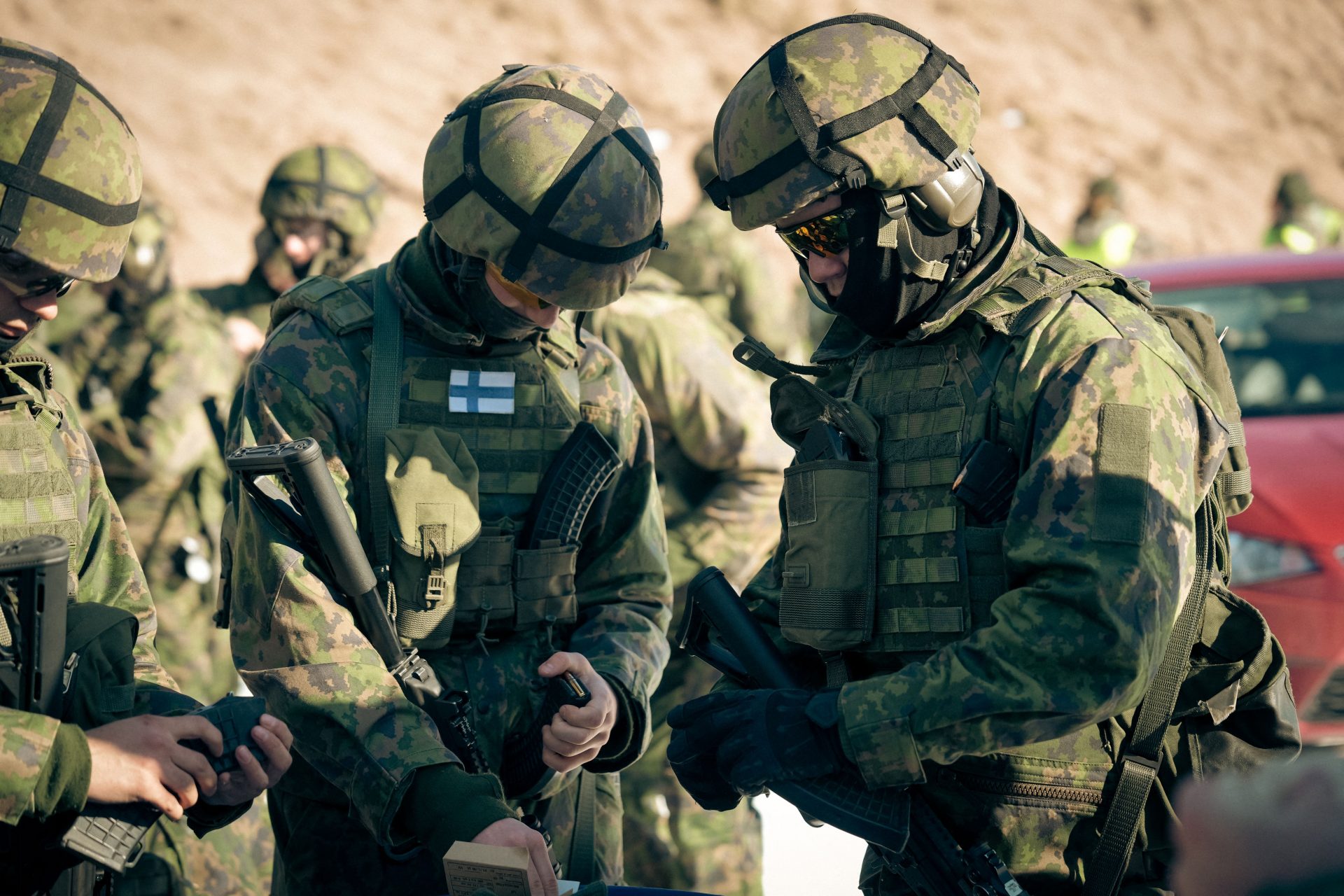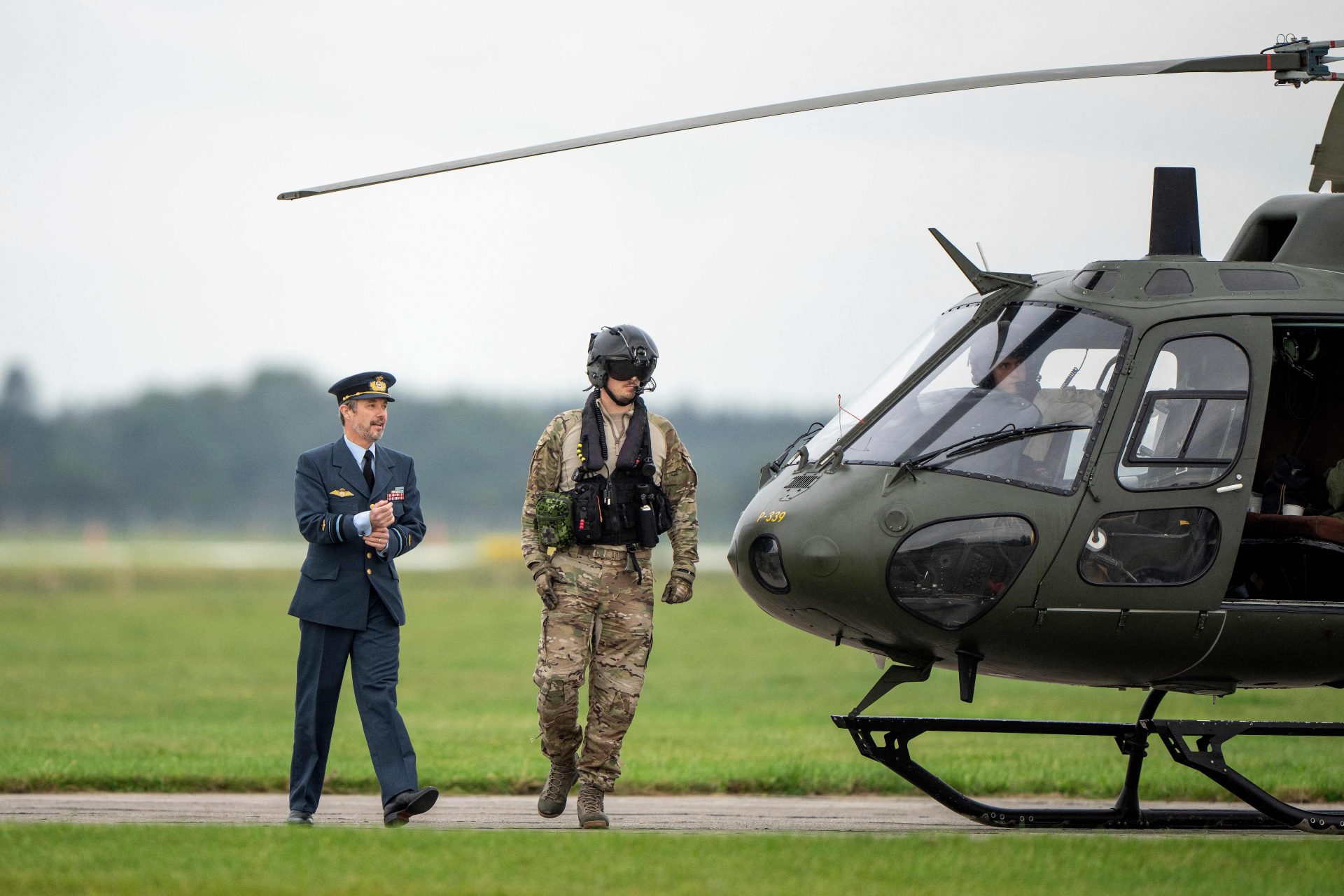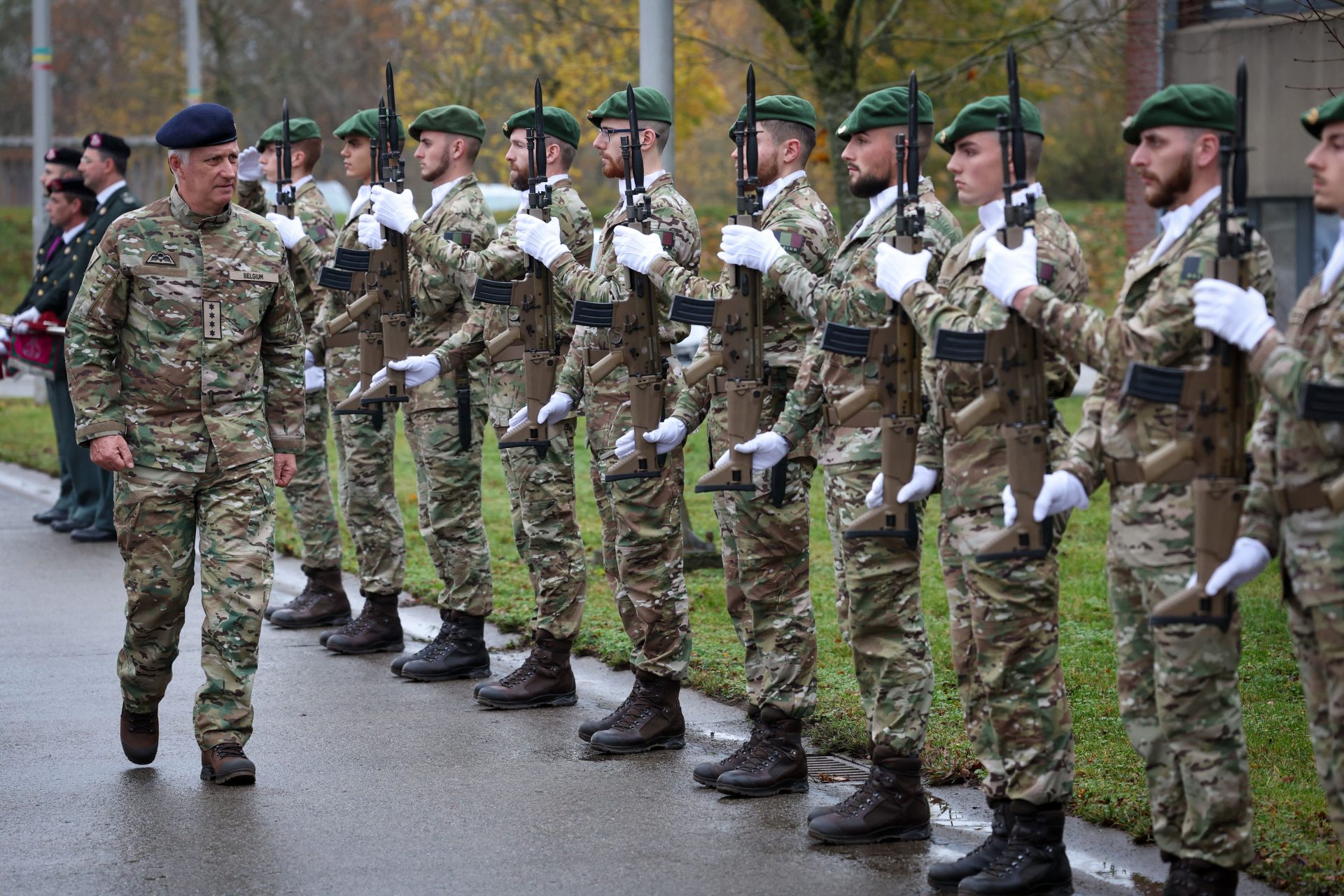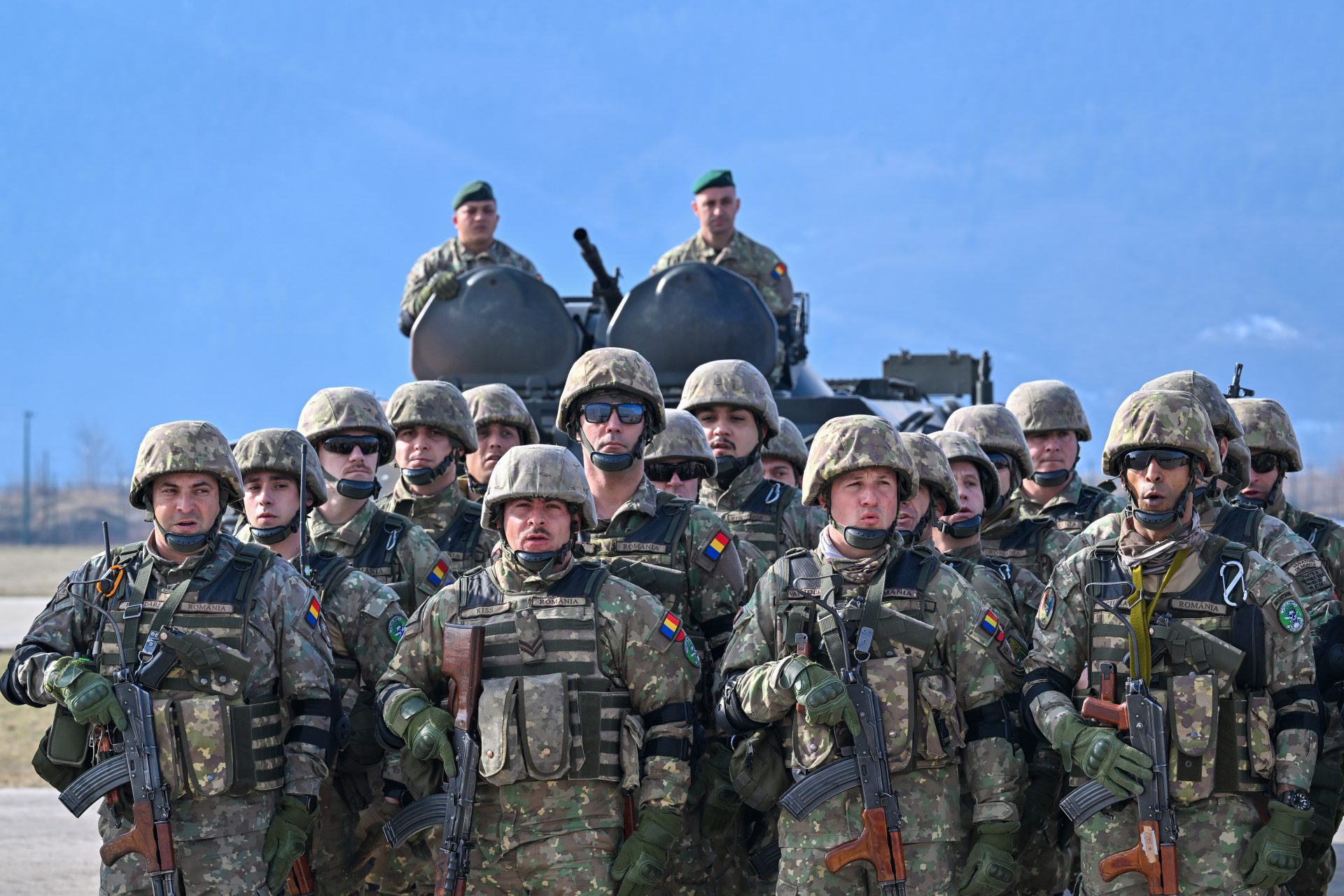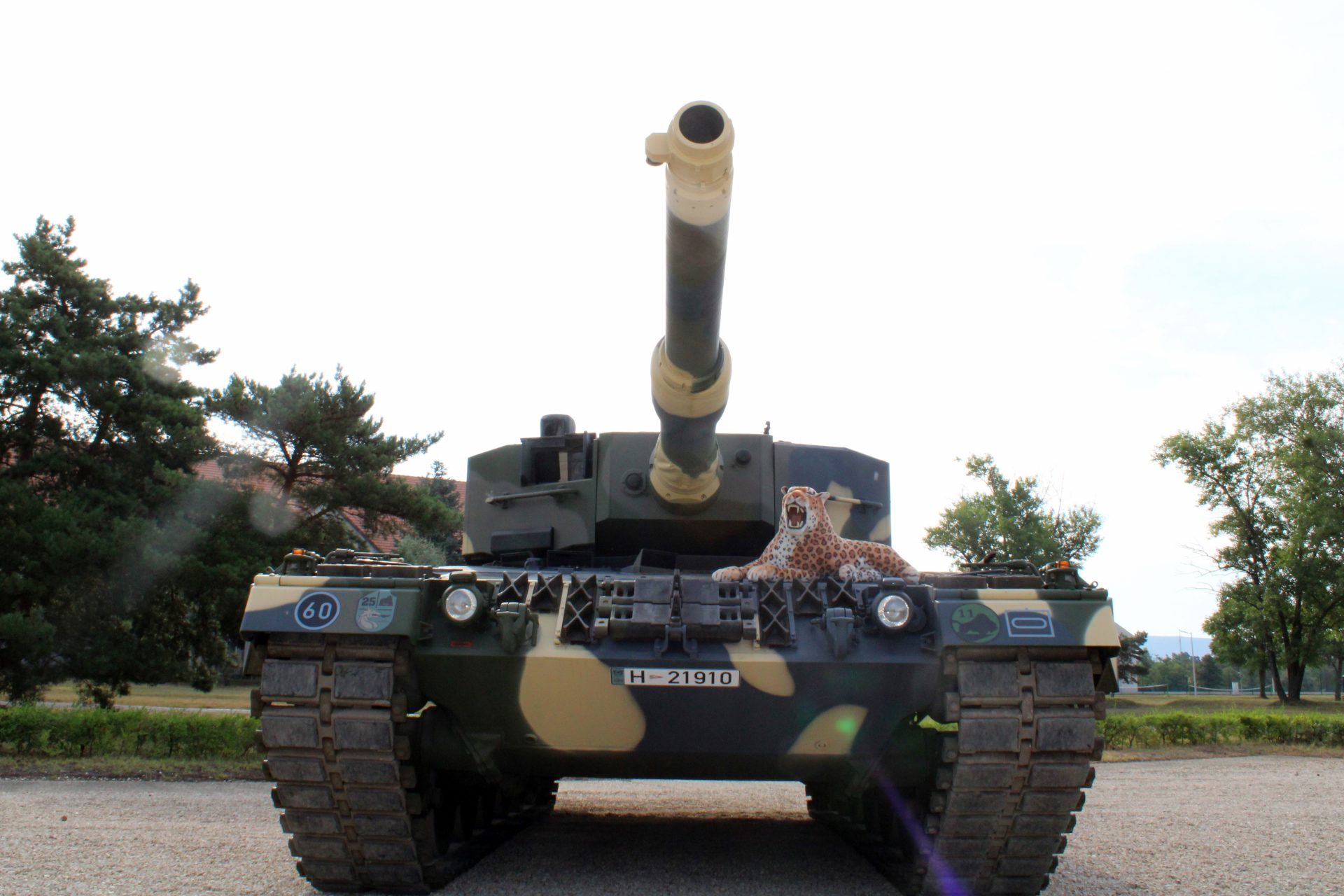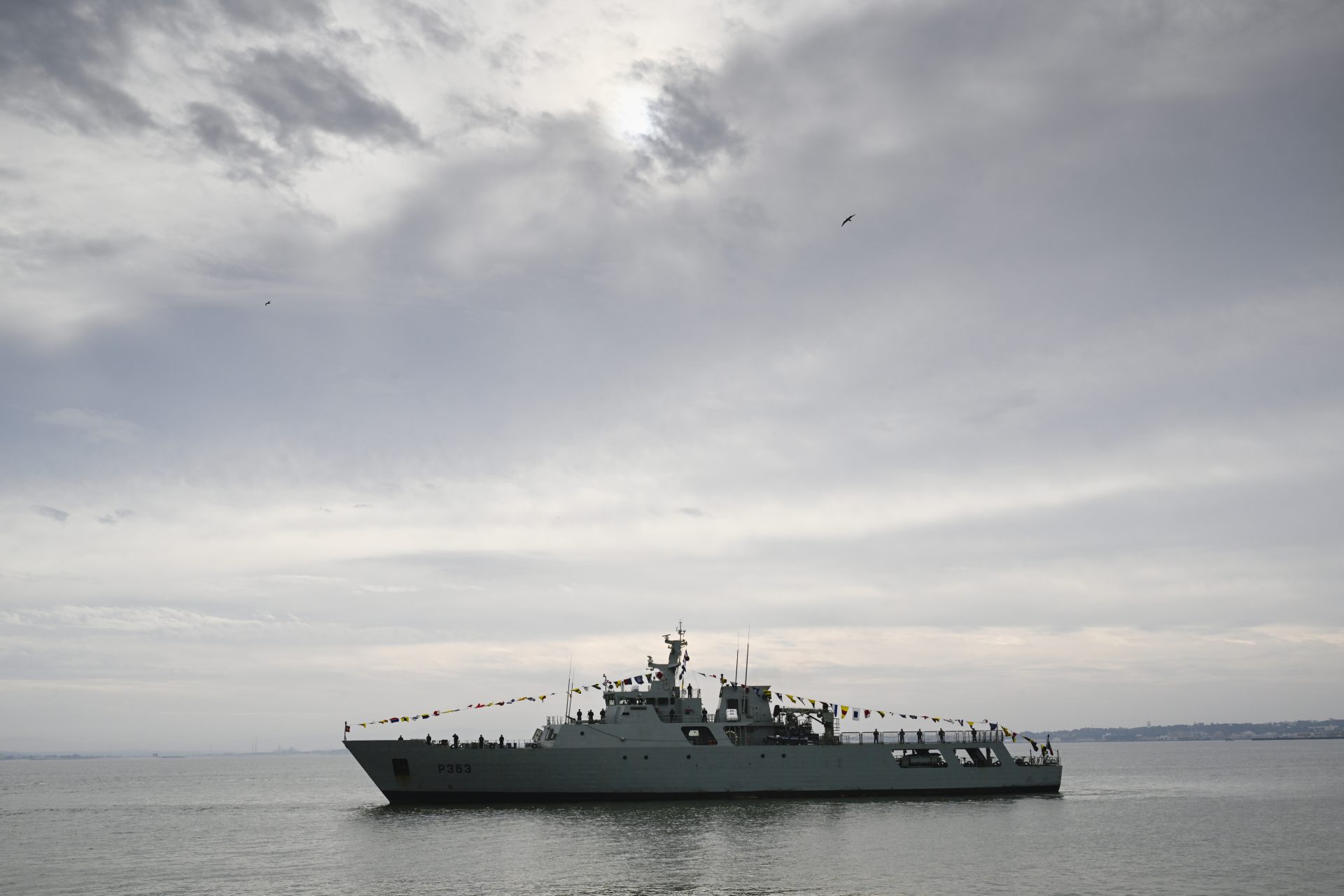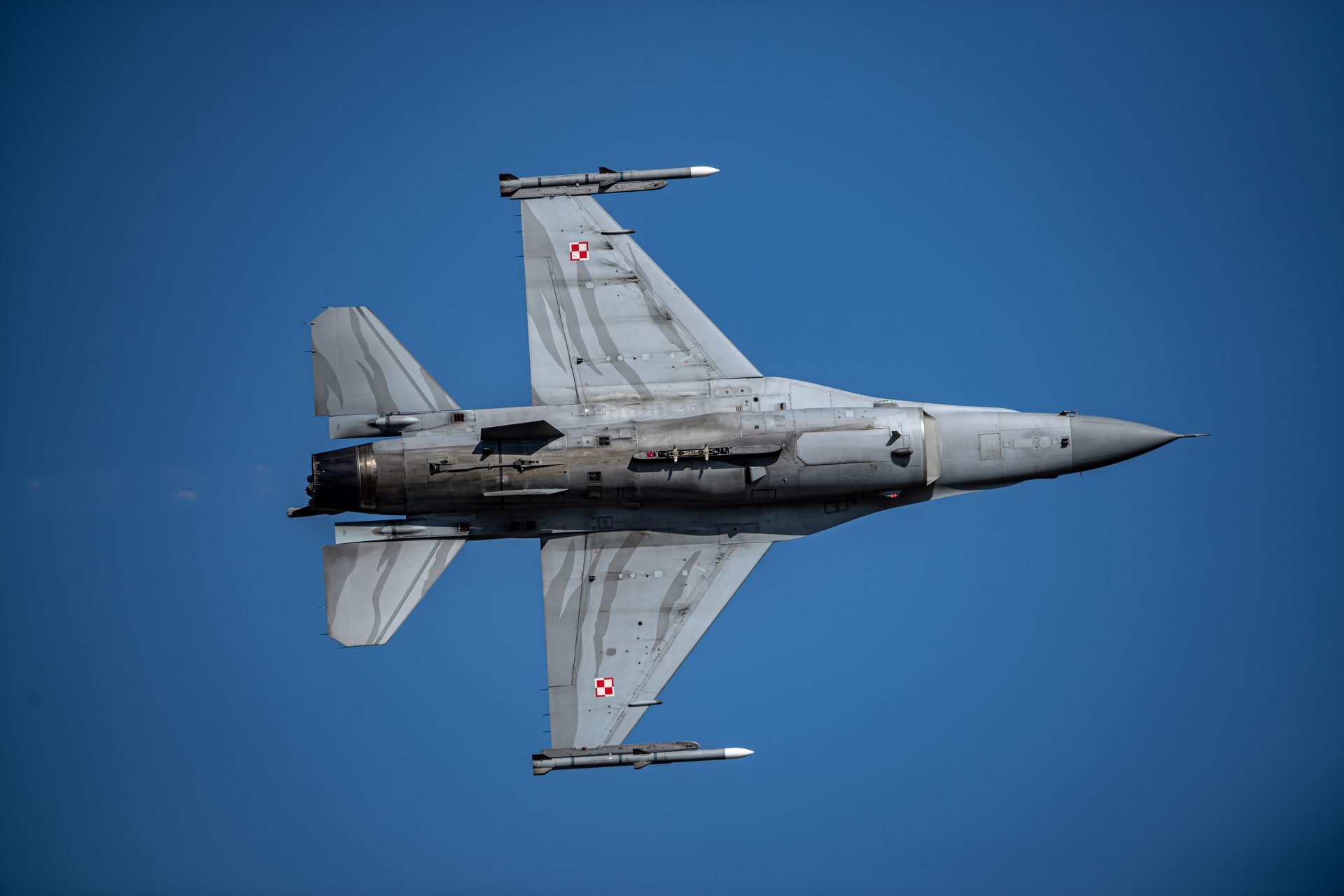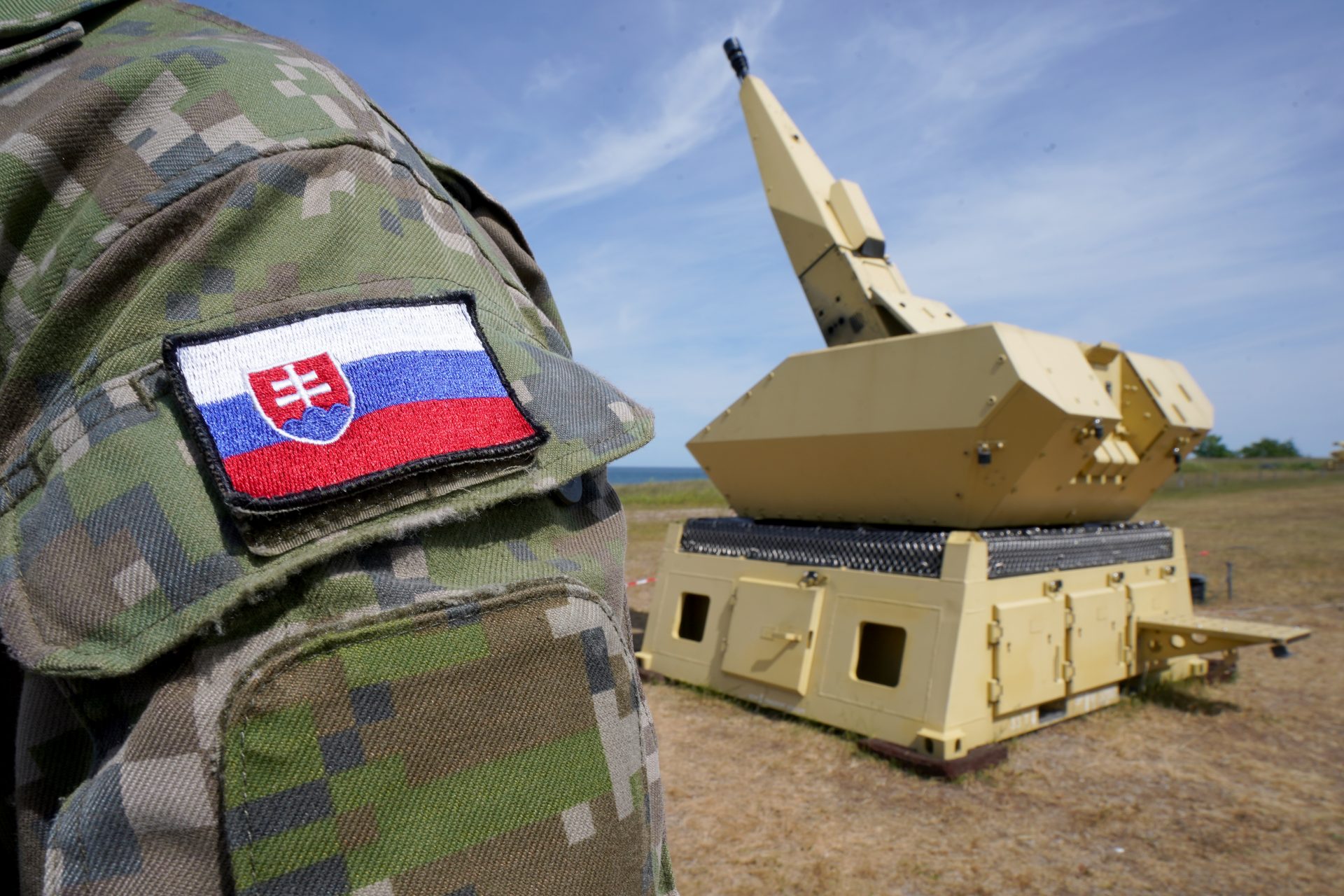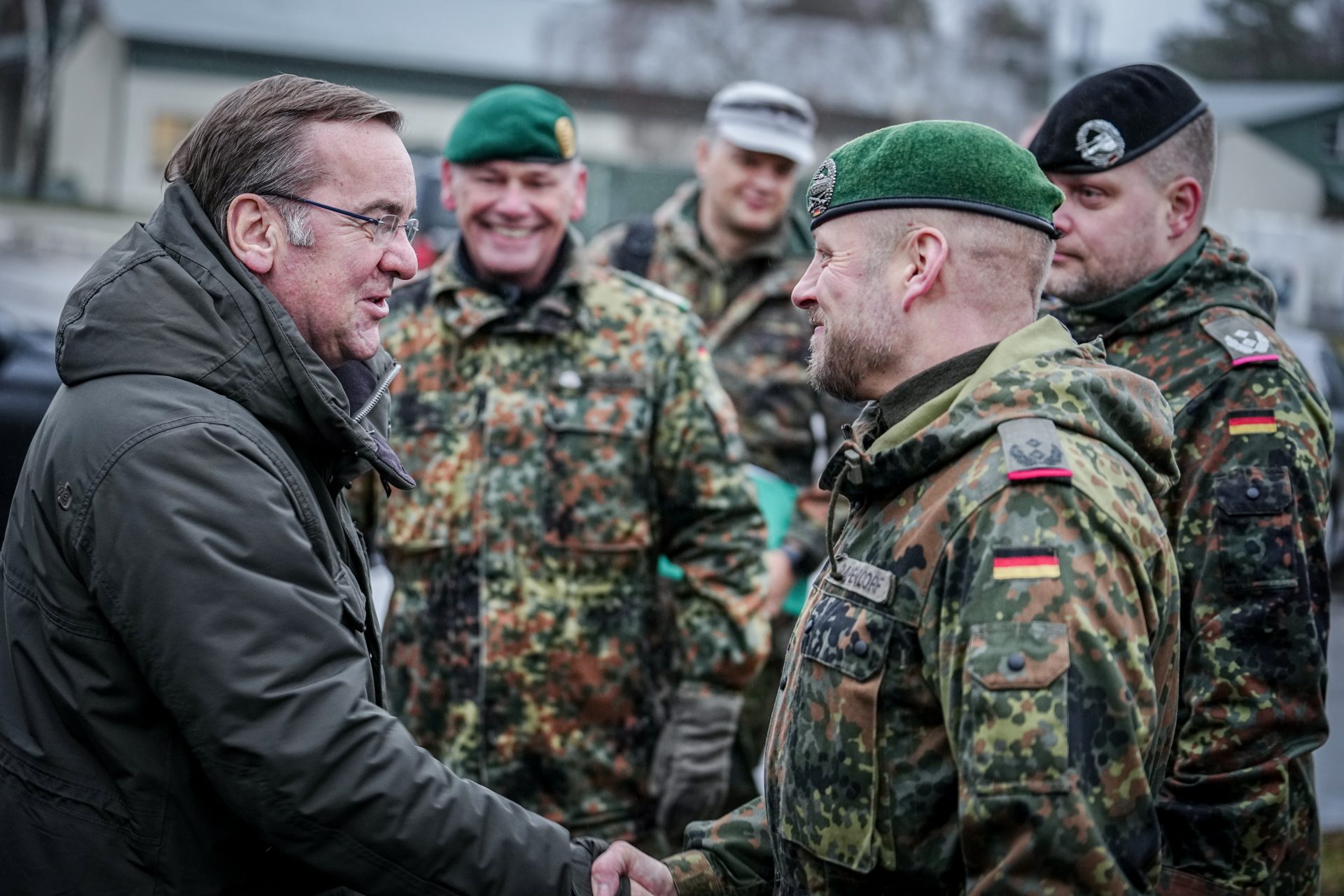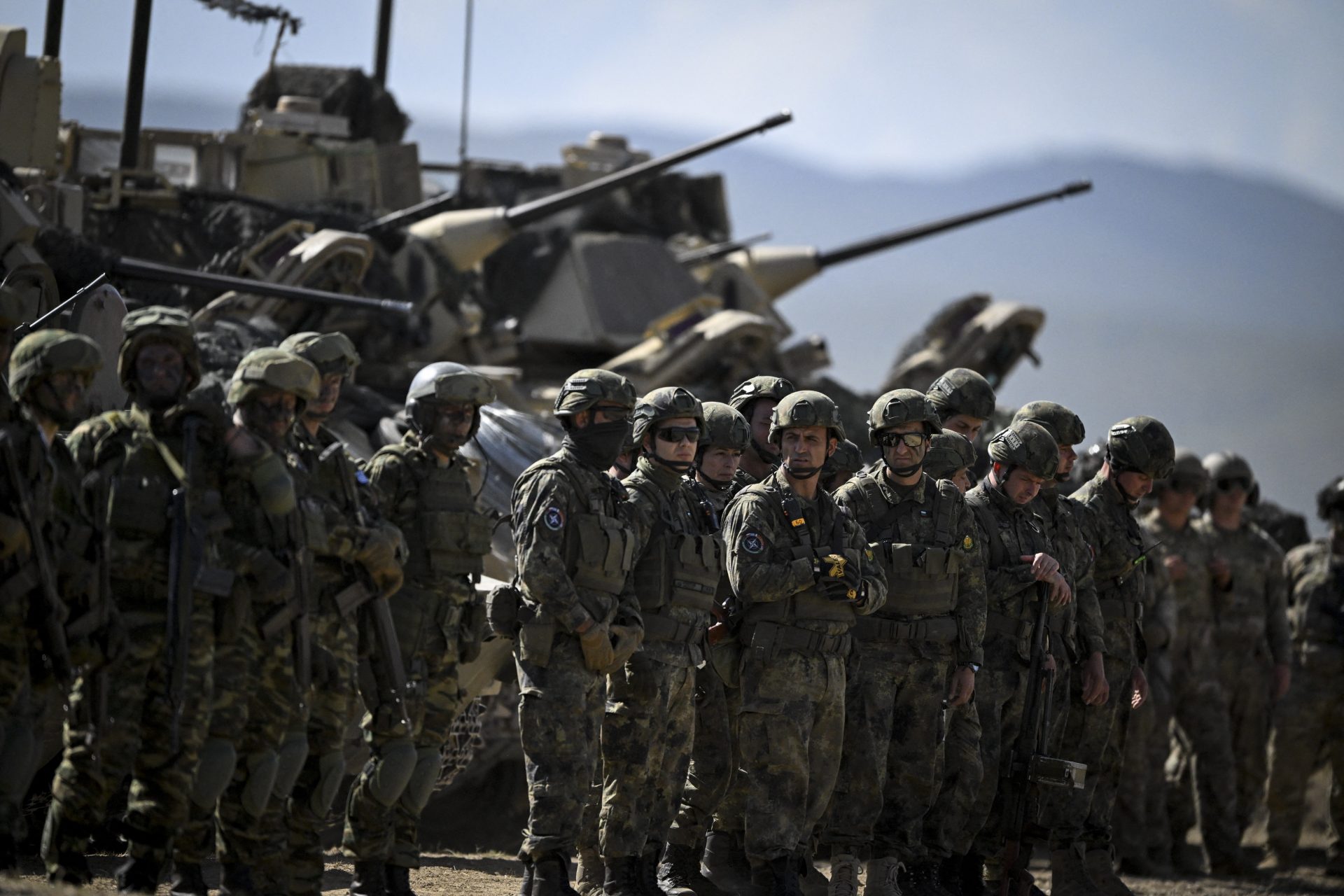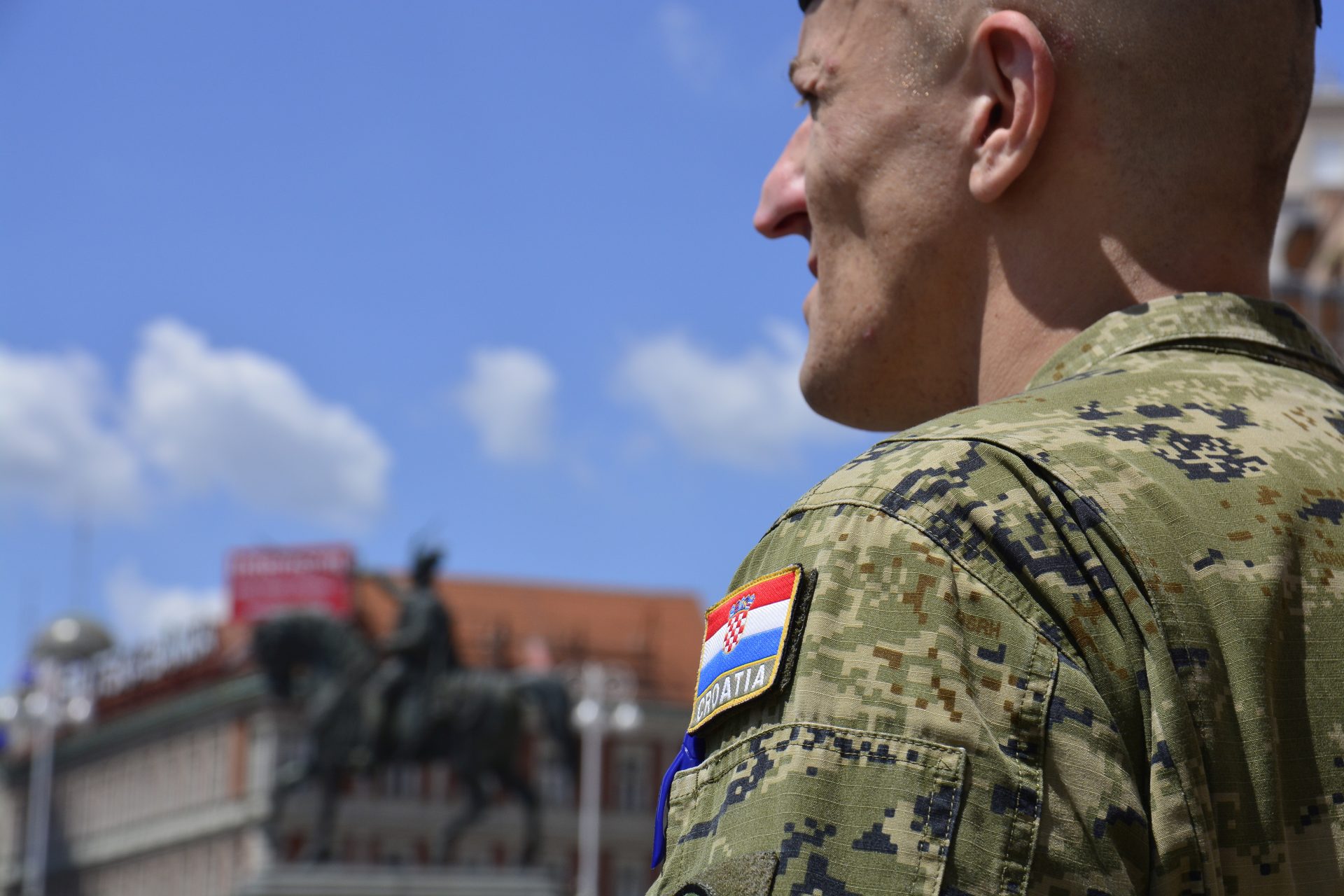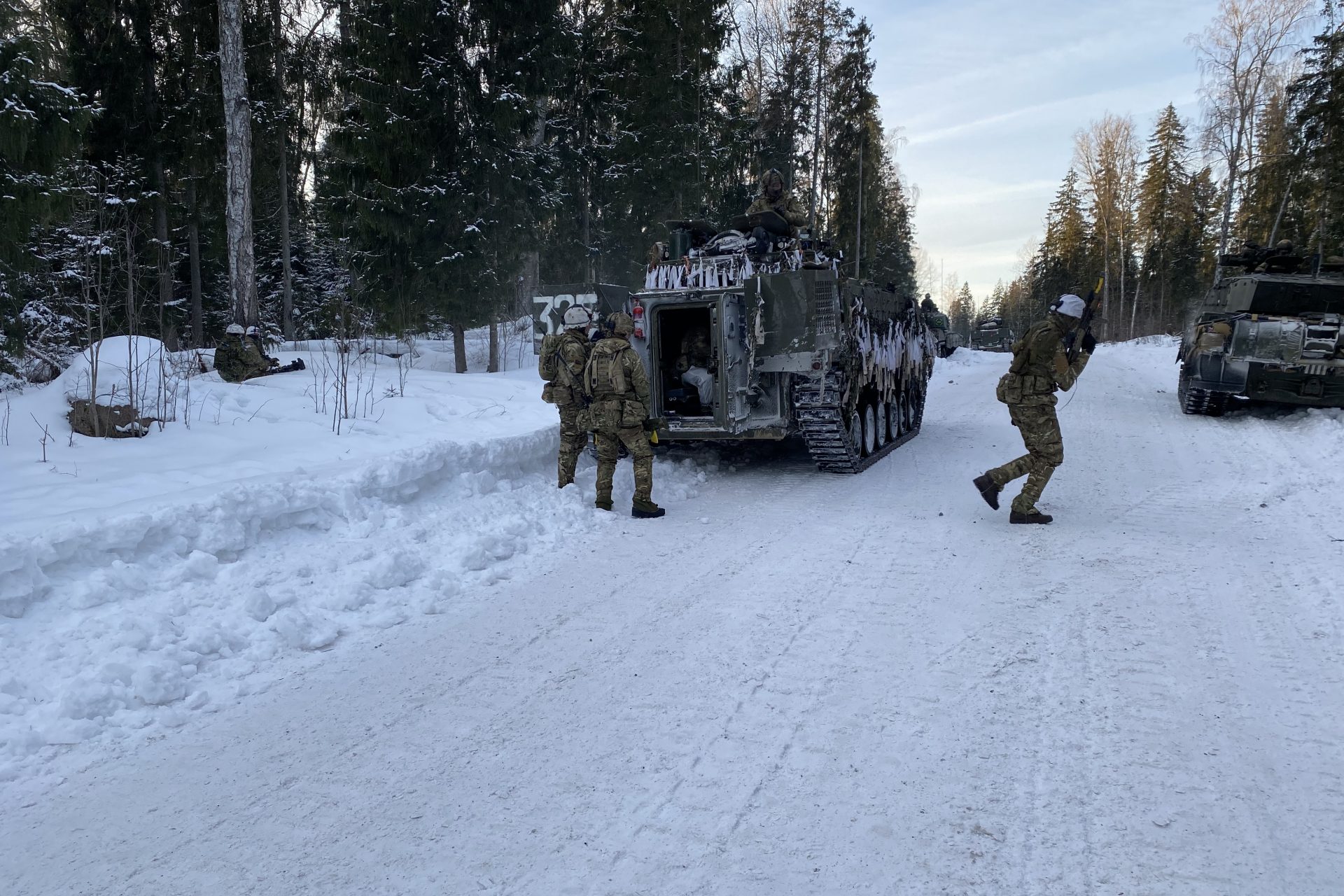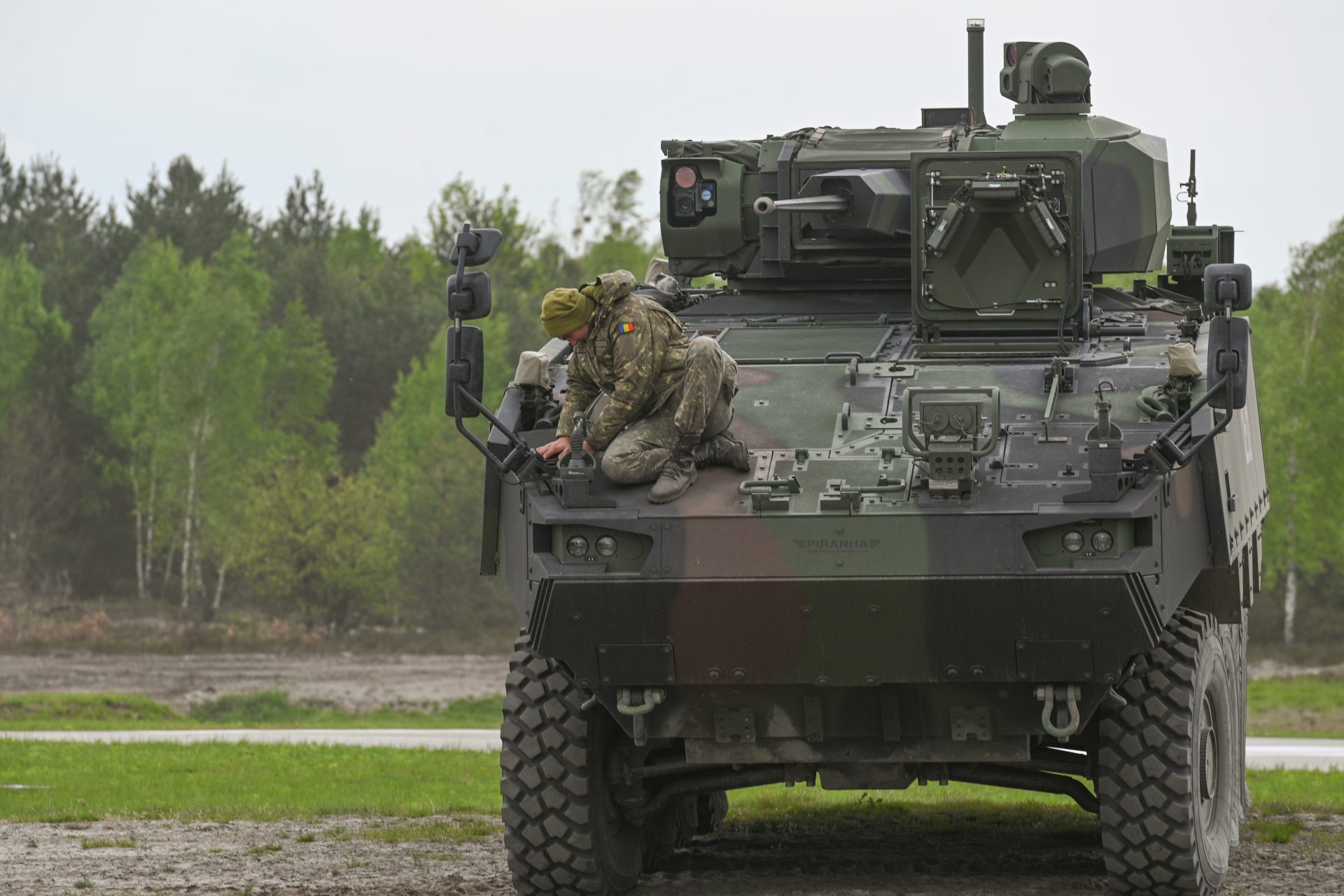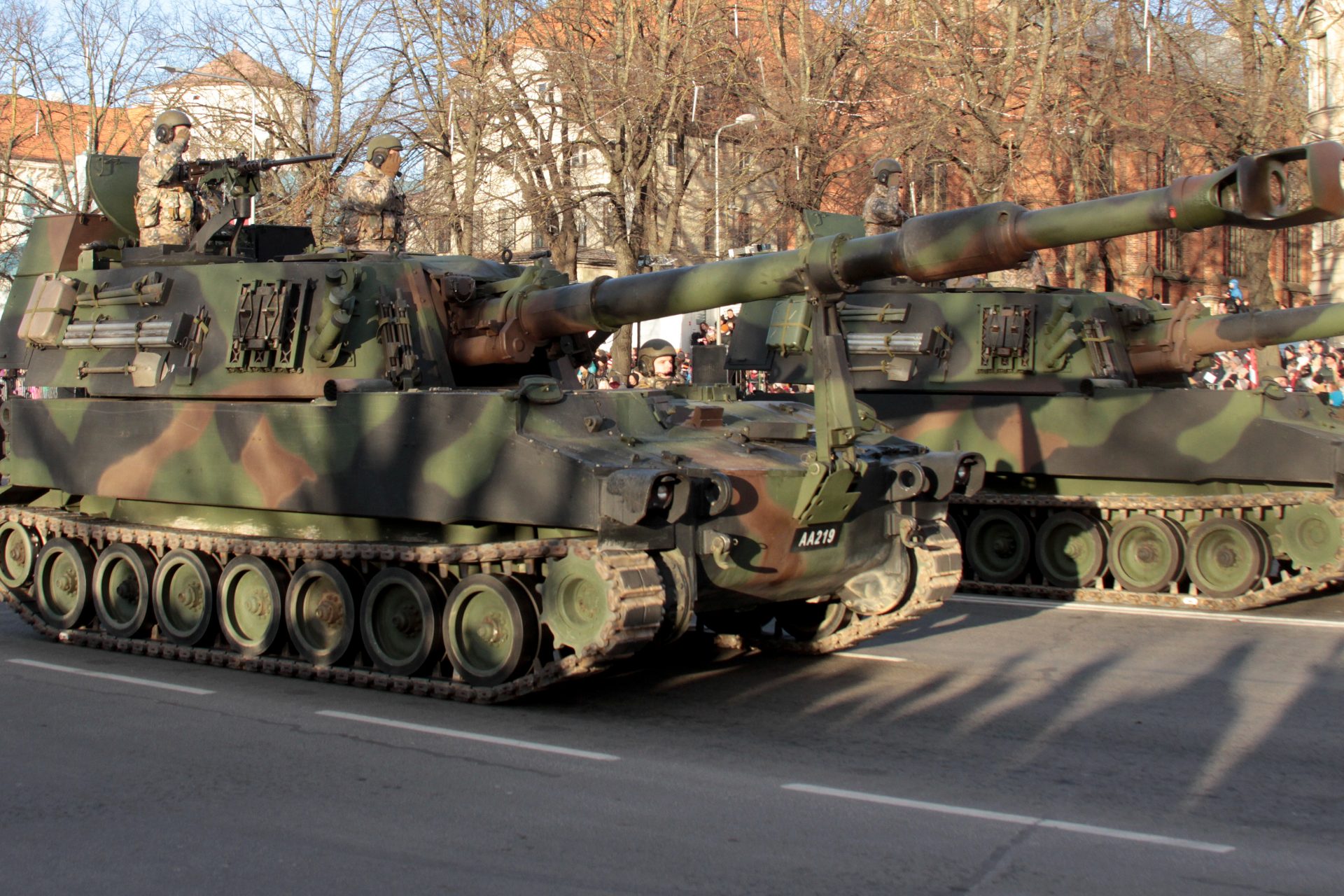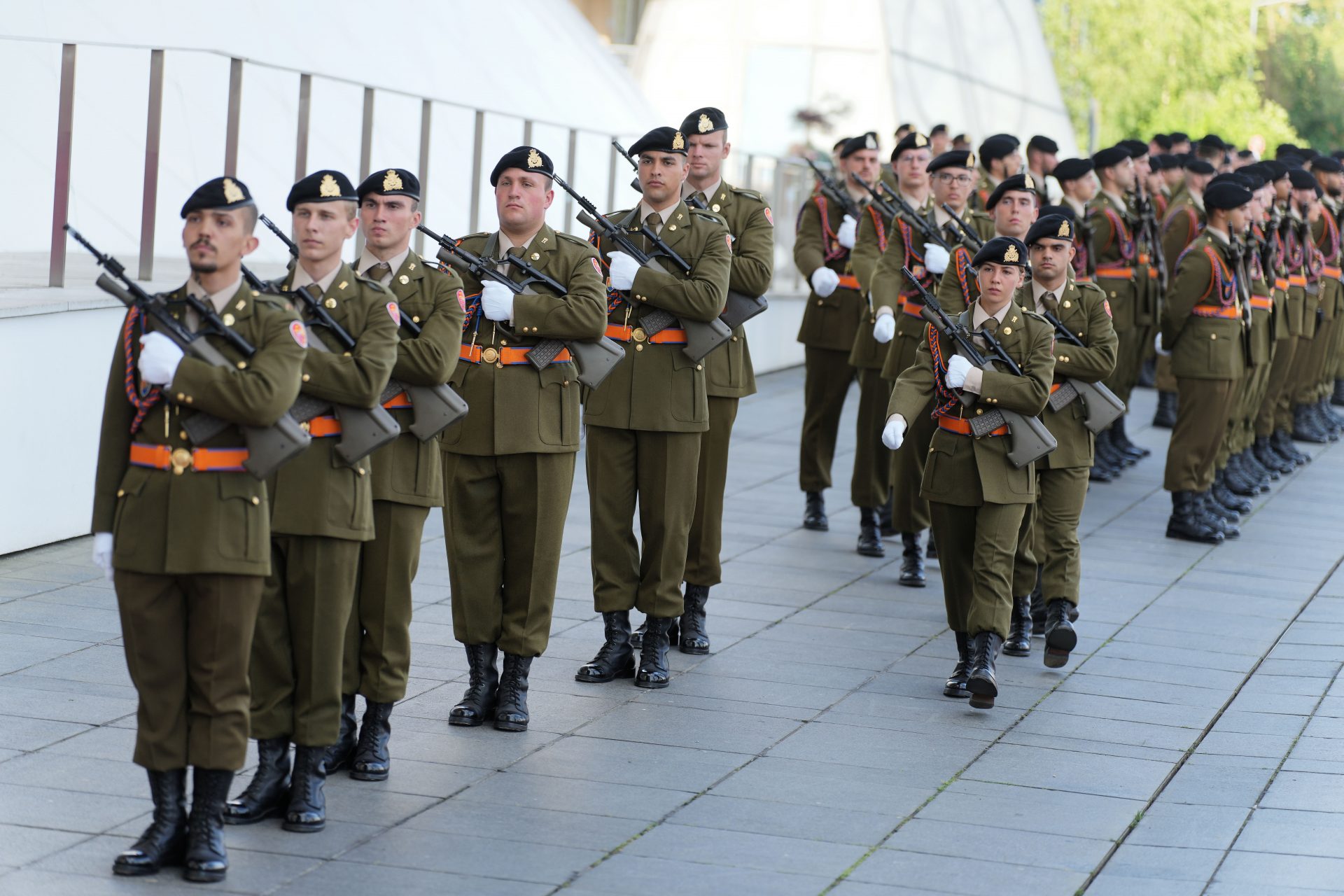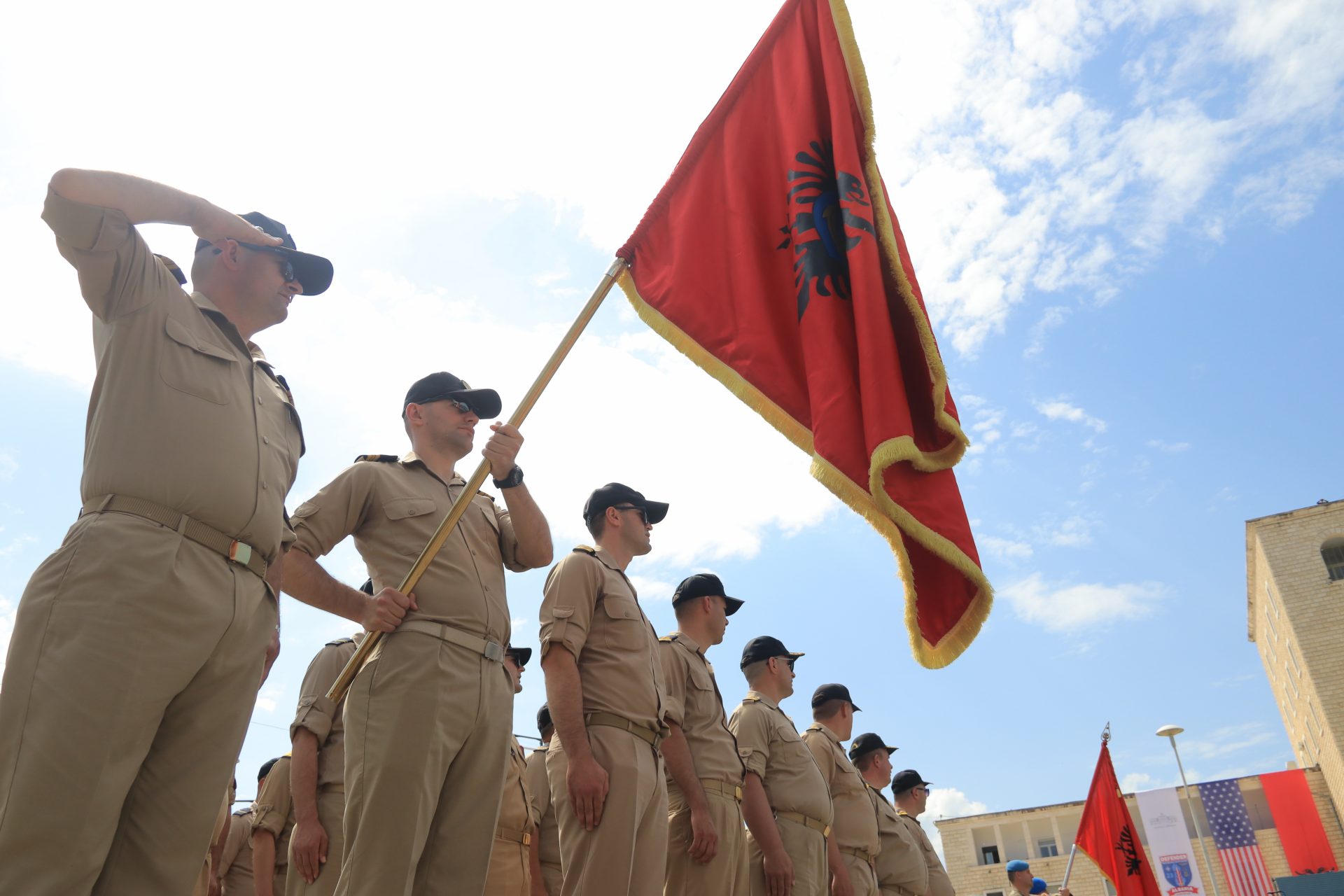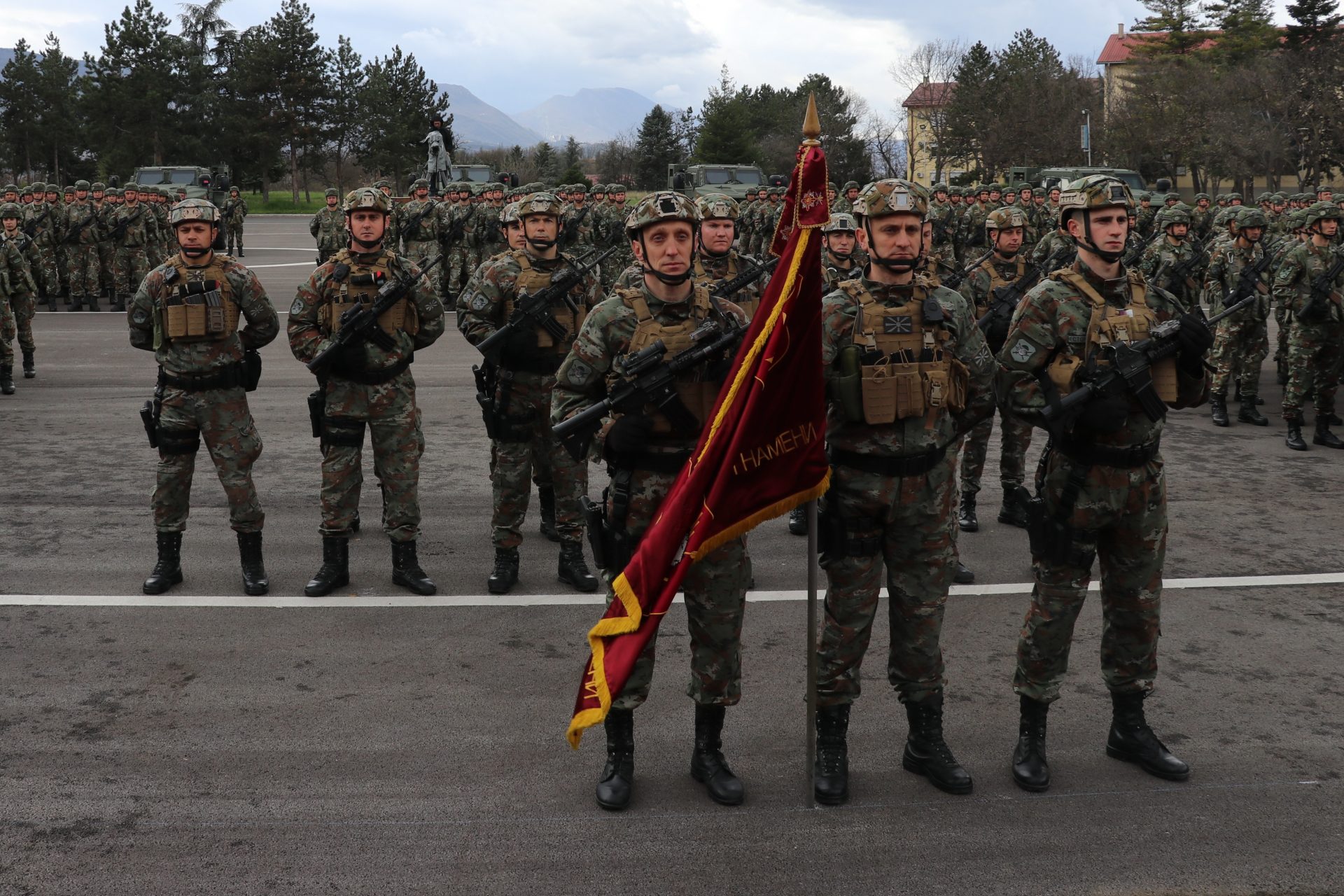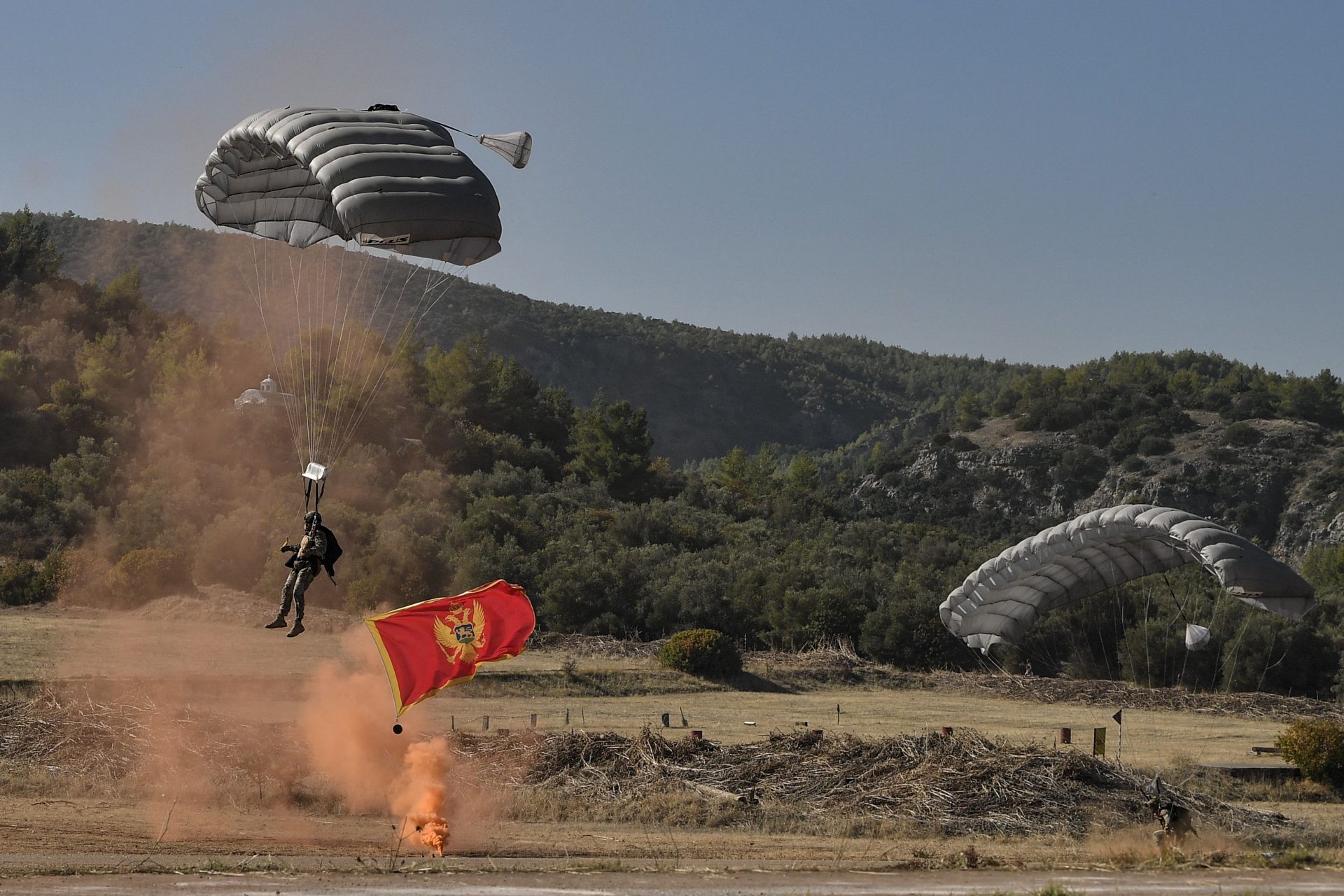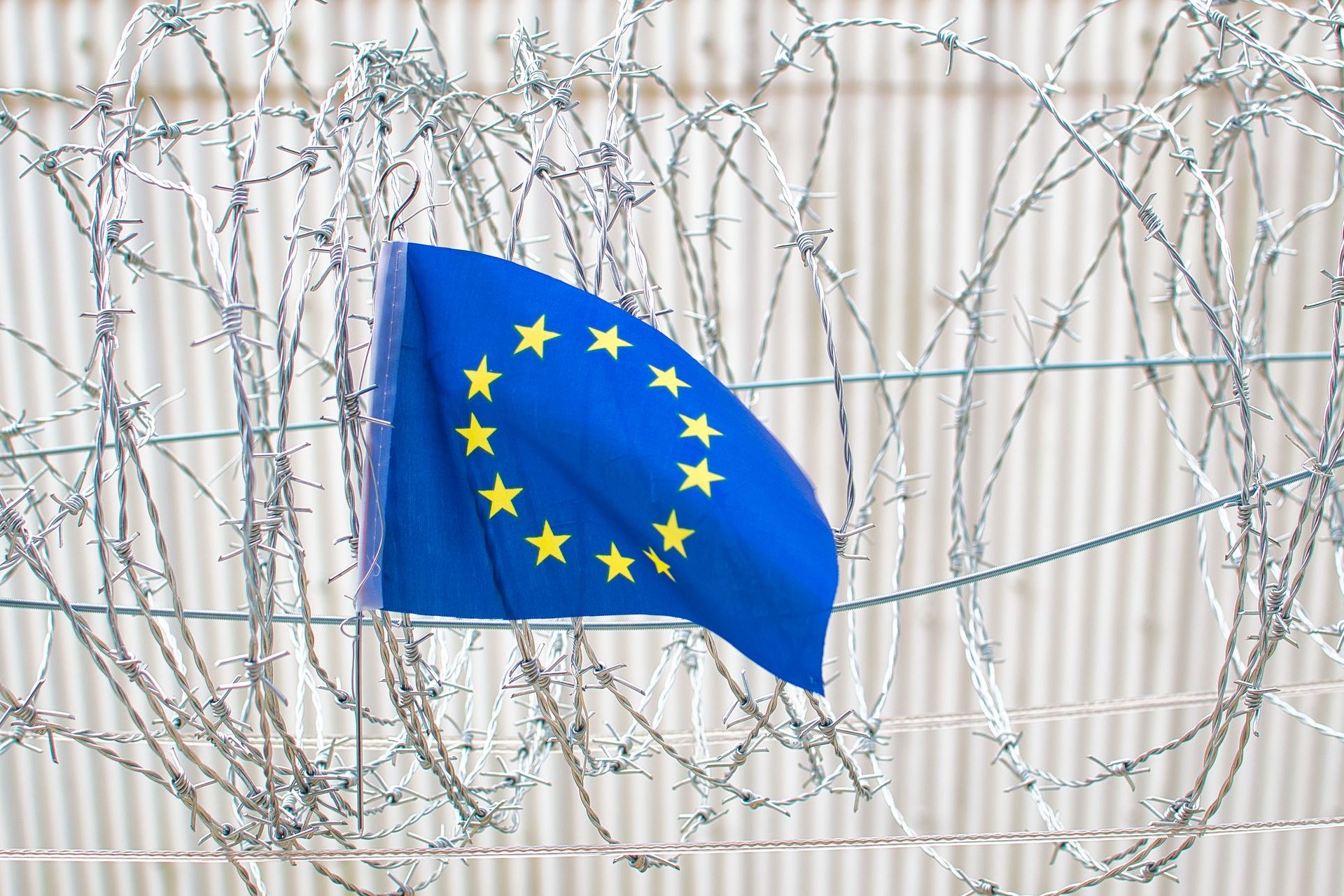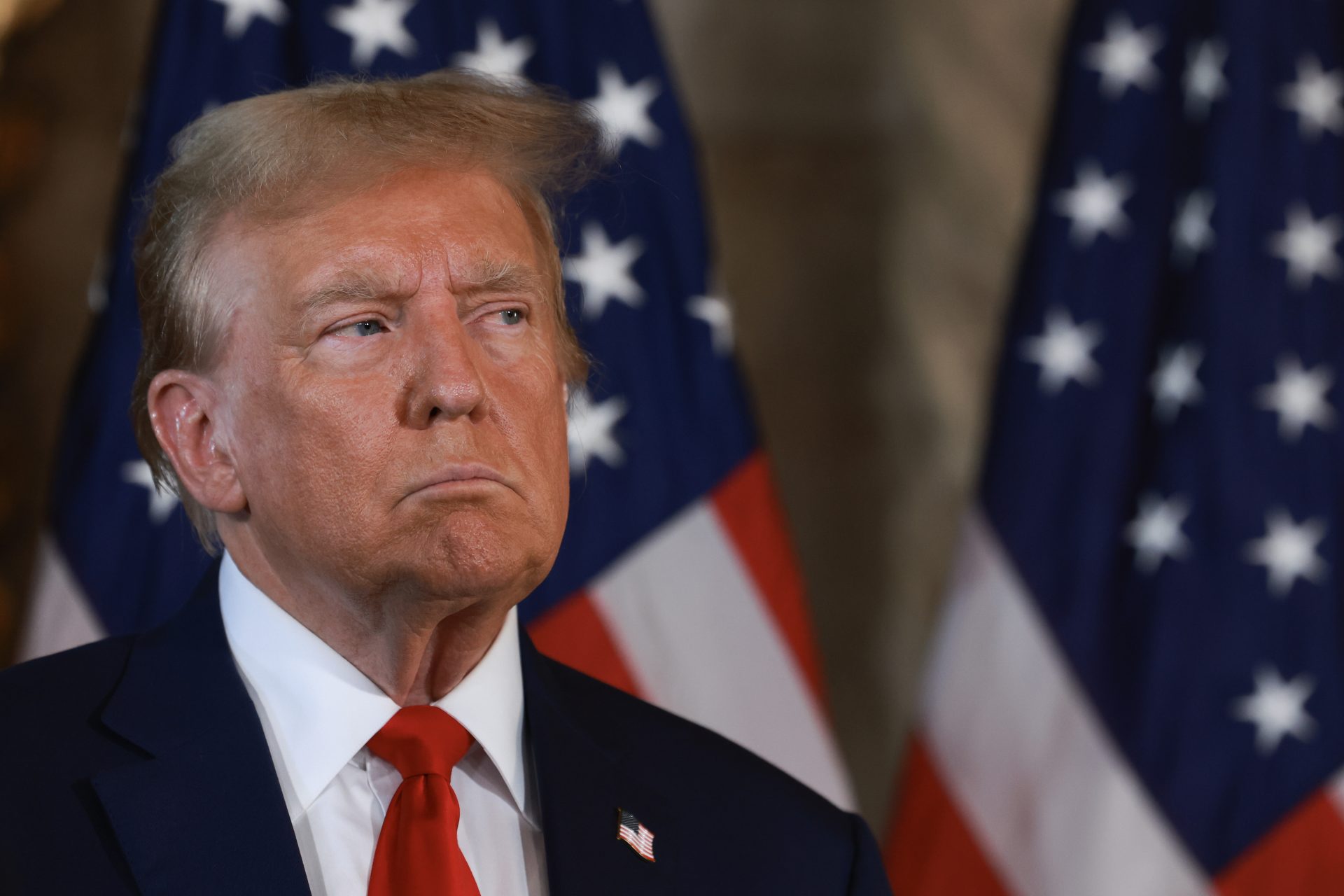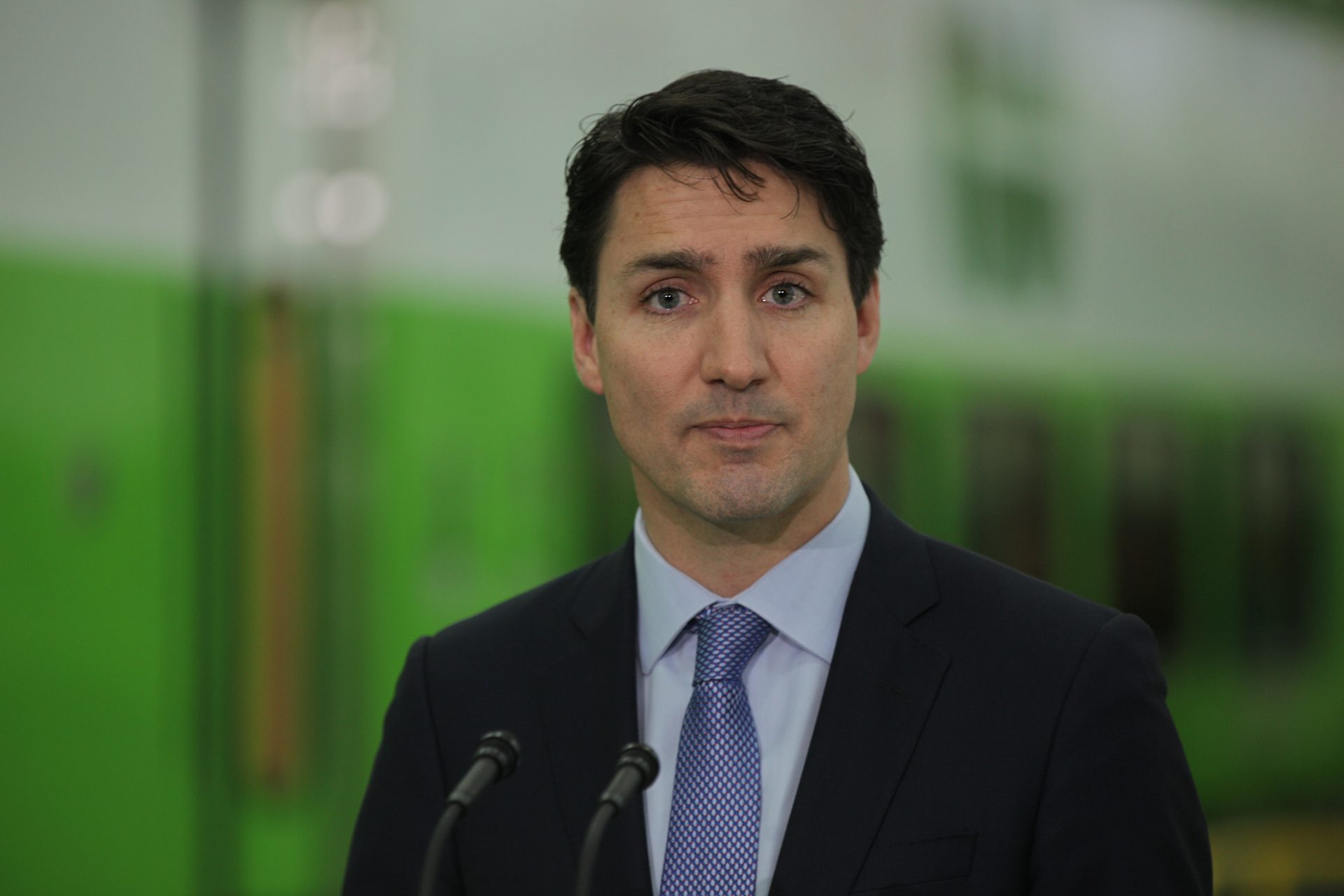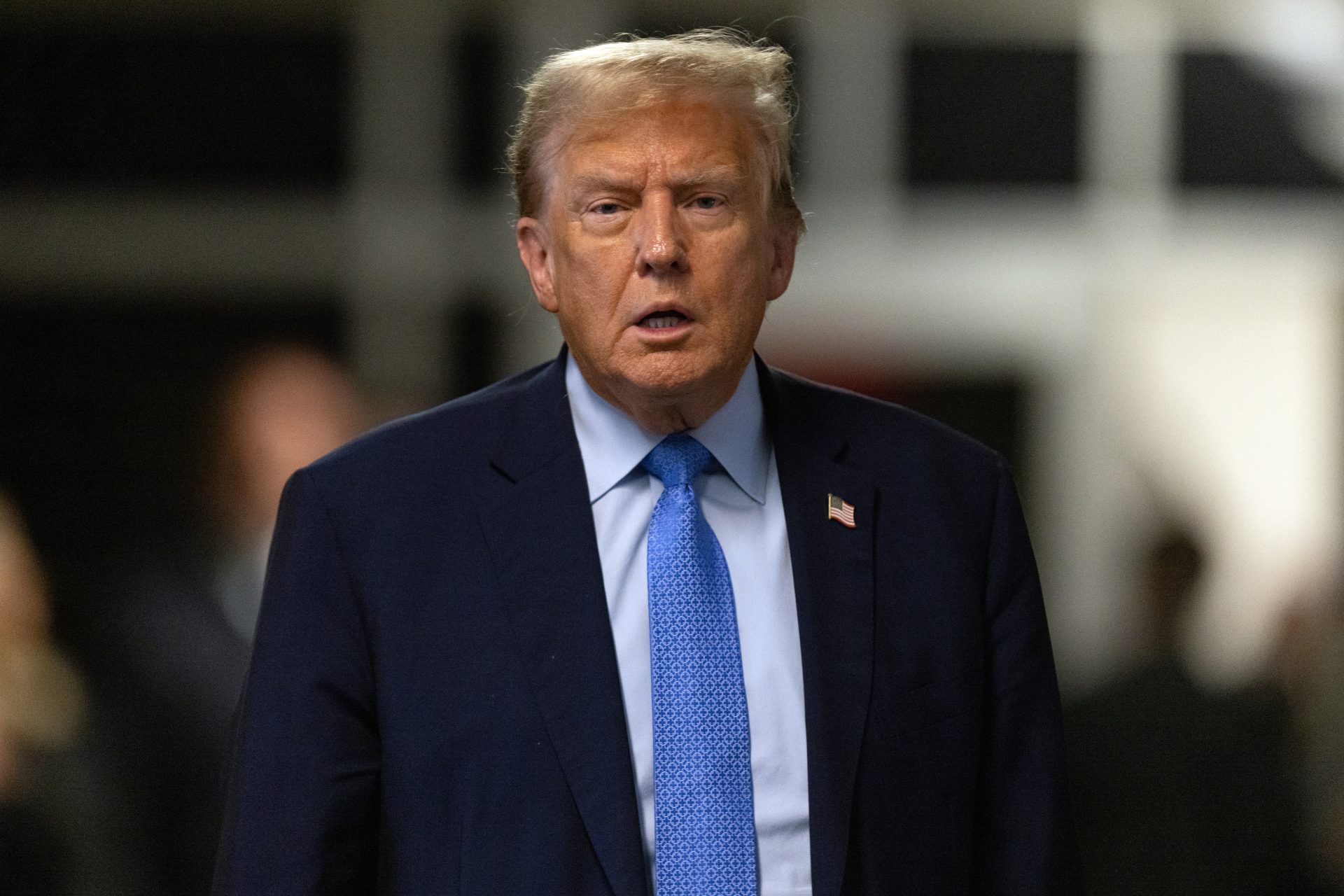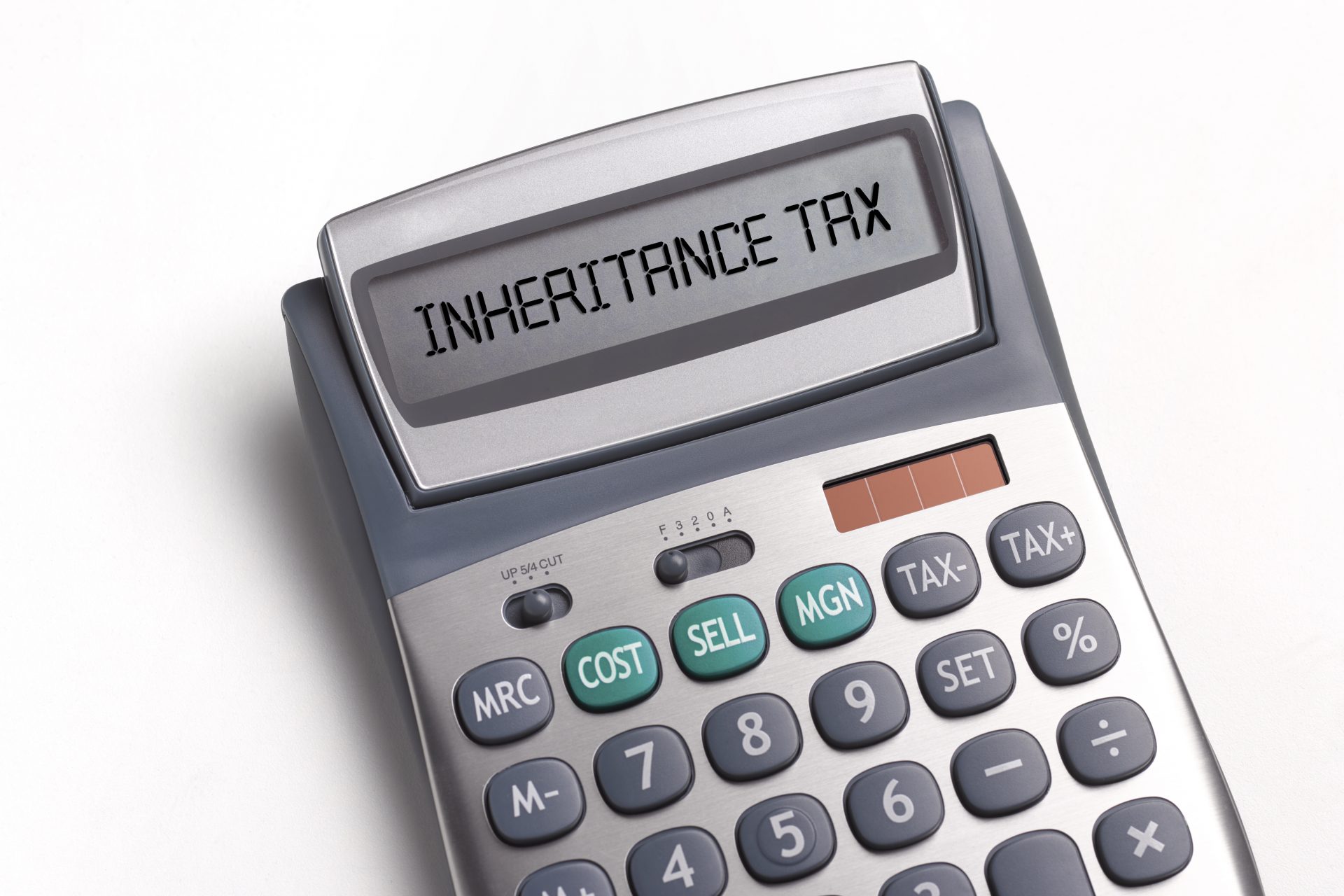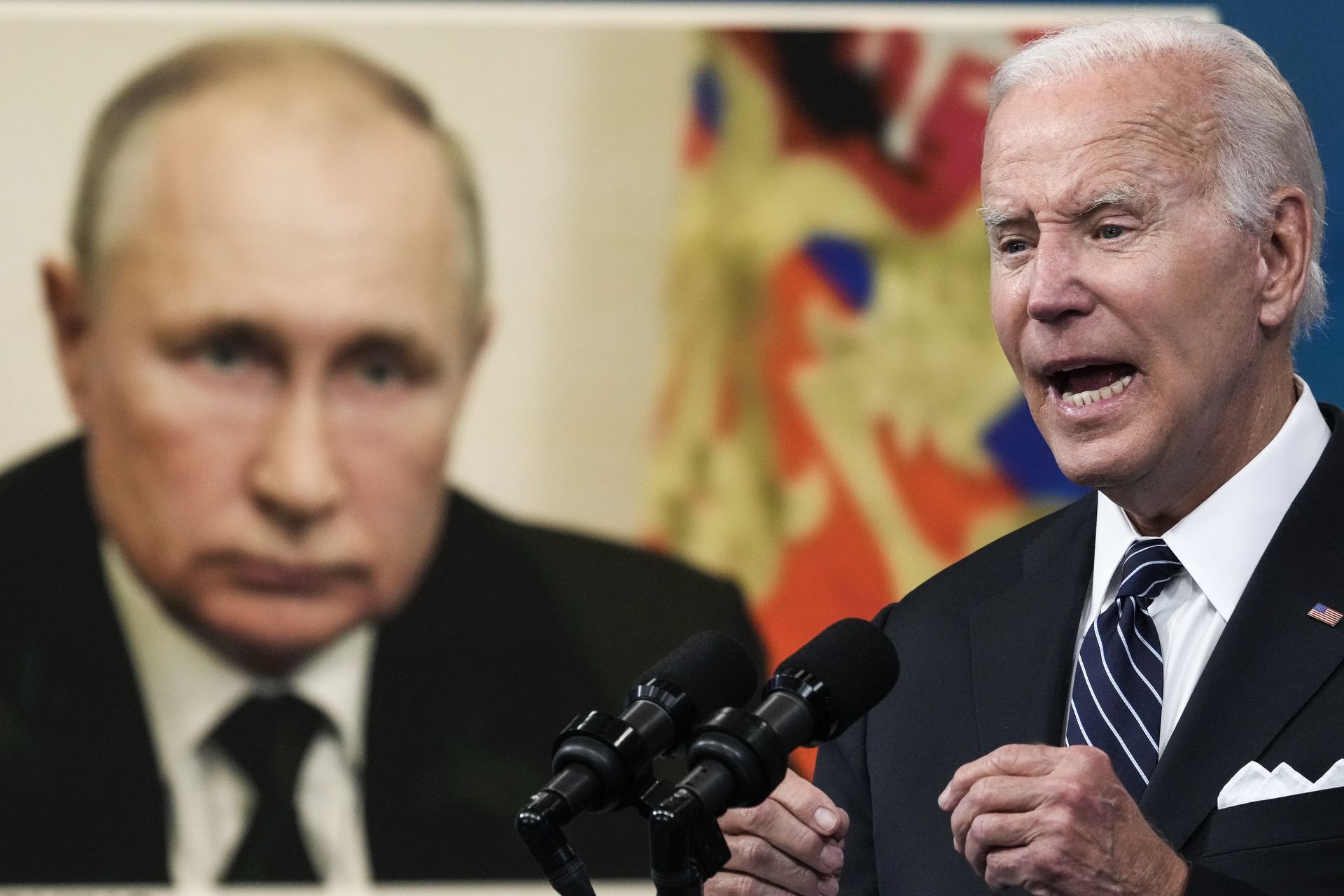Trump was right! Here’s where NATO defense spending stands
The North Atlantic Treaty Organization is funded through direct and indirect contributions from the defensive alliance’s member states. However, this funding process isn’t widely understood outside of those who study the alliance.
For example, direct contributions to the defensive alliance are made by every one of its member states based upon an “agreed cost-sharing formula” derived from each state’s Gross National Income according to NATO. This funds many of the alliance's functions.
NATO’s civil budget, military budget, and Security Investment Program are funded by its common fund. But the other aspect of the defensive alliance’s readiness comes from its indirect funding, including the contribution of assets to missions.
NATO’s 2% defense spending guideline, which is likely the alliance’s most understood aspect, is also included in its indirect funding. In 2006, the Defense Ministers of all NATO states agreed that they should commit 2% of their Gross Domestic Product to their defense spending. This was reaffirmed in 2014 with NATO's Defence Investment Pledge and again in 2023.
This 2% defense spending target was designed to ensure the defensive alliance’s readiness. However, the 2% guideline is just that: a guideline. There is no set rule that must be followed according to NATO’s website, which may be why the guideline is so misunderstood.
The 2% defense spending guideline was meant to serve as an “indicator of a country's political will to contribute to NATO's common defense efforts” according to NATO, and it helped display the alliance’s “credibility as a politico-military organization" according to the alliance's website.
However, few countries meet the 2% spending target and it has become a major sore spot for some politicians who think some member states aren’t paying their fair share. Chief among these politicians has been Donald Trump.
Throughout much of Trump’s time as President of the United States, he criticized many of the alliance’s member states for not paying what they owed, something he did during a 2018 press conference while at NATO headquarters.
“Take a look at the chart. It’s public,” Trump explained according to the National Archive. “And many countries are not paying what they should. And, frankly, many countries owe us a tremendous amount of money for many years back.”
Trump accused Germany of only paying a little over 1% at that time whereas the United States was paying 4.2%. "I think that’s inappropriate," Trump said at the time. "You know, we’re protecting Germany, we’re protecting France. We’re protecting everybody."
It’s been five years since Trump made those comments but his remarks still ring true. As of July 2023, the most recent statistics released by NATO on defense spending by all of its member states showed only 11 were spending 2% or over. So which of the over 30 members are meeting the perceived spending obligation?
Percentage of Real GDP: 3.49
Percentage of Real GDP: 2.07
Percentage of Real GDP: 1.57
Percentage of Real GDP: 1.90
Percentage of Real GDP: 1.46
Percentage of Real GDP: 3.90
Percentage of Real GDP: 1.38
Percentage of Real GDP: 1.26
Percentage of Real GDP: 1.31
Percentage of Real GDP: 1.70
Percentage of Real GDP: 1.67
Percentage of Real GDP: 3.01
Percentage of Real GDP: 2.45
Percentage of Real GDP: 1.65
Percentage of Real GDP: 1.13
Percentage of Real GDP: 2.44
Percentage of Real GDP: 2.43
Percentage of Real GDP: 1.48
Percentage of Real GDP: 1.50
Percentage of Real GDP: 2.03
Percentage of Real GDP: 2.54
Percentage of Real GDP: 1.84
Percentage of Real GDP: 1.79
Percentage of Real GDP: 2.73
Percentage of Real GDP: 1.35
Percentage of Real GDP: 2.27
Percentage of Real GDP: 0.72
Percentage of Real GDP: 1.76
Percentage of Real GDP: 1.87
Percentage of Real GDP: 1.87
Iceland does not have an armed forces.
More for you
Top Stories



